Fall 2021 Course Guide
Welcome to the Fall 2021 Course Guide for the Department of Art and Art History!
For more information on Georgetown’s operating status for Fall 2021, please review the letter from President John J. DeGioia from March 25th, 2021 at the below link.
During virtual learning in the 2020-2021 academic year, our courses had to adapt significantly. Studio Art courses, in particular, developed new approaches, with exciting results. In Art History and Art & Museum Studies, a wide array of courses includes several new ones that promise lively inquiry around questions that have become more urgent than ever in 2021.
We invite you to browse all the offerings and let us know if you have any questions. For individual courses, please reach out to the professor. For other questions about your major, minor, or our curriculum more generally, please contact your major advisor or any of us listed below. Department faculty and staff are happy to answer your questions and discuss your options by email or appointment.
Director of Undergraduate Studies in Art History – Prof. Ian Bourland
Director of Undergraduate Studies in Studio Art – Prof. John Morrell
Director of MA Program in Art and Museum Studies – Prof. Lisa Strong
Department Chair, current – Prof. Al Acres
Department Chair, Fall 2021 — Prof. Elizabeth Prelinger
Department Coordinator – Emily Aufuldish
Studio Art Courses
Design
ARTS 100-01 – Design I
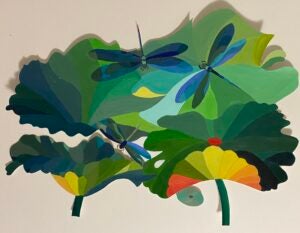
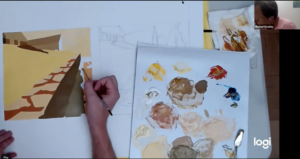

ARTS 100-01 — Design I is an introductory art studio course. Using drawing, painting, sculpture, and photo materials, students learn the principles and elements of design necessary to communicate and express themselves visually. Special topics include collage and paper cutting. ARTS 100 is required for all art majors and is recommended for art minors and as an elective for students interested in exploring the discipline of studio art.
This course is taught by Professor Michael Dowley.
ARTS 100-02 – Design I
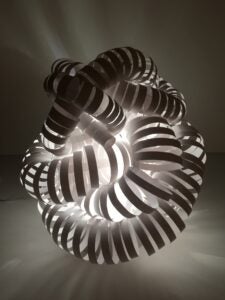
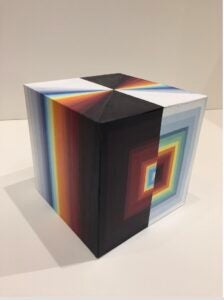
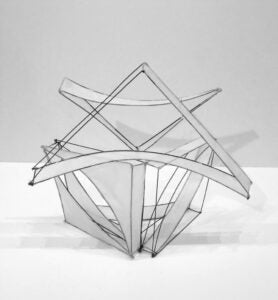
ARTS 100-02 – Design I focuses on the study of fundamental skills used for making visual art. This includes both conceptual and technical development. The broad goals of the course are to train our eyes to understand and refine compositions as a way to communicate ideas visually and create new designs that get past cliche ideas. Additionally, we will gain foundational skills and concepts needed for making and analyzing art. This section of Design will focus on creating three-dimensional forms using easy-to-manipulate materials such as paper, cardboard, foam-board and wire. With these materials, all of the projects will be achievable in practically any learning environment.
This course is taught by Professor Evan Reed.
Drawing
ARTS 110-01 & 110-02 – Drawing I: Visual Language

Charcoal on Charcoal Paper

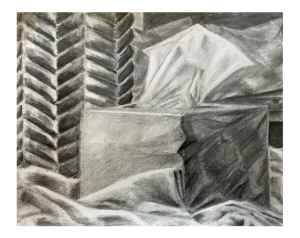
ARTS 110-01 & 110-02 – Drawing I: Visual Language is a course designed to introduce basic fundamentals of drawing, with an emphasis on perceptive and technical skills. Basic art elements and principles of art are explored as they relate to graphic expression. Additionally, this course is designed to develop basic drawing skills using a variety of media and techniques and to become knowledgeable of various topics, and vocabulary in drawing such as line, tone, perspective, proportion, and composition. Another purpose of this course is to develop basic critical skills in visual art, and to expand elements of visual and critical thinking, and visual vocabulary.
This course is taught by Professor Tom Xenakis.
ARTS 110-03 – Drawing I: Visual Language
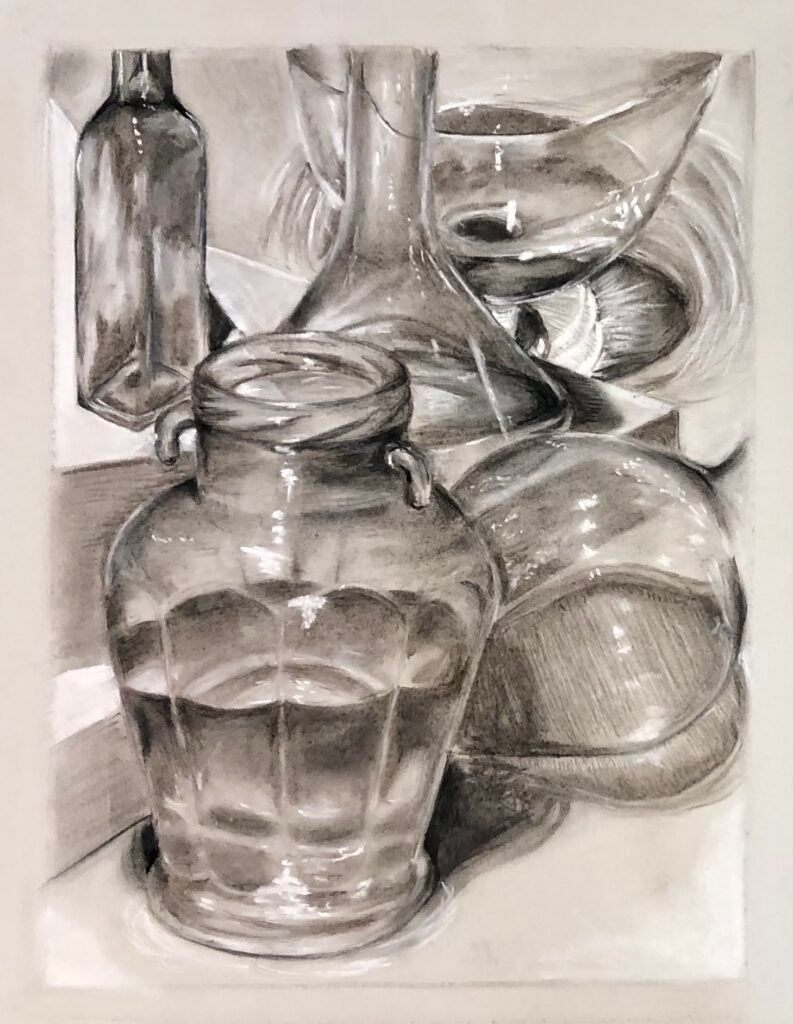
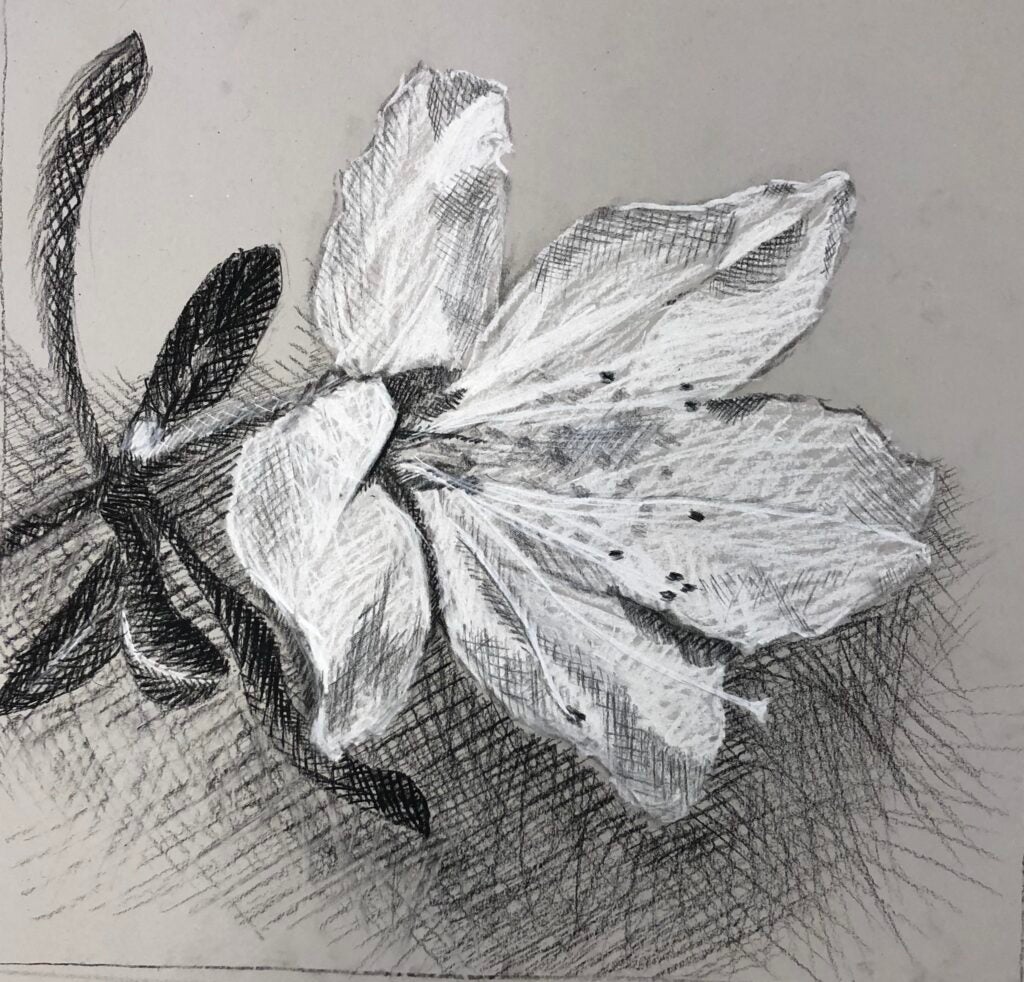

ARTS 110-03 – Drawing I: Visual Language In this course, students explore drawing as a graphic means to process the world around them. The class starts with the fundamentals of composition, and how to use light and shadow to describe form. We then look at line as a means of discovery and expression, along with other techniques of rendering form, space and texture. Projects range from still life and interiors to studies of nature, animal skulls and the portrait/figure. Students are approached on an individual basis as well as through group discussions, slideshows, demonstrations and critiques. “Learning to draw is really a matter of learning to see.” – Kimon Nicolaides.
This course is taught by Professor Ann Schlesinger.
ARTS 110-04 – Drawing I: Visual Language
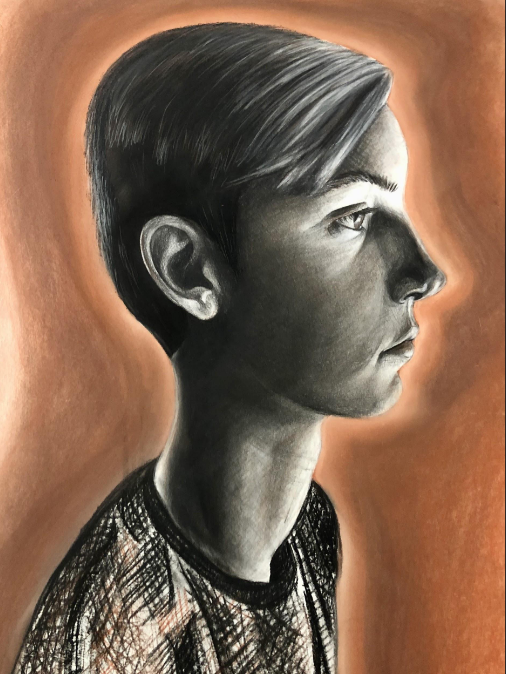

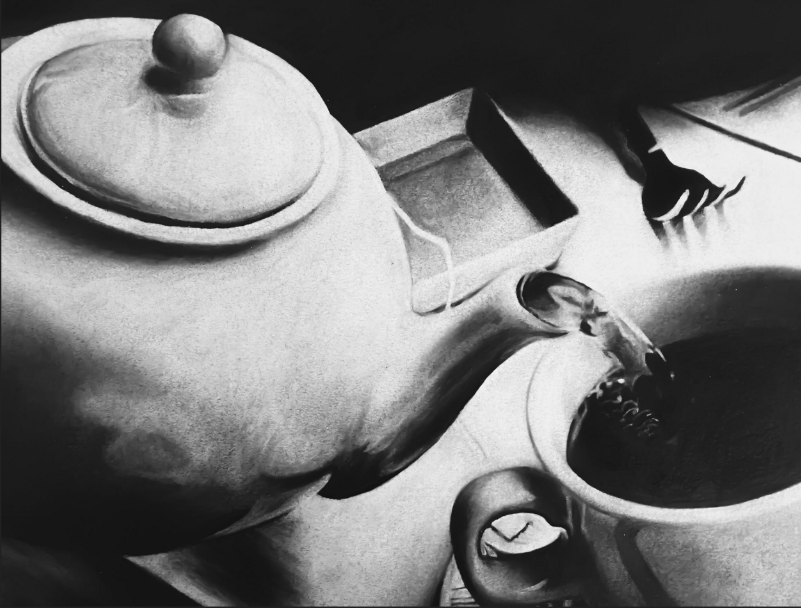
ARTS 110-04 – Drawing I: Visual Language Gustav Klimt once said, “Art is a line around your thoughts.” In this course, students will use drawing as a means of creative reflection and as a means to process the world around them. Students will draw inspiration for their work from their personal-history and surrounding environments. They will learn to see the world from a new perspective, and with fresh eyes. This course will begin with foundational material, building step by step in complexity. Students will use checklists to help them to develop and fix line drawing, shading, and composition. Understanding that students have different levels of drawing experience, I work with each student individually to help them improve. Using interactive group critiques and one-on-one feedback from me, all students will gain valuable feedback on their drawings. A variety of drawing processes and techniques will be covered. Subjects covered will include still life, landscape, portraiture, figure, and architectural perspective drawing. As a remote course, resources will include prerecorded demonstrations, live-recorded demonstrations, slideshow lectures, and short films about artists.
This course is taught by Professor Mark Anderson.
Printmaking
ARTS 120-01 — Intro to Printmaking


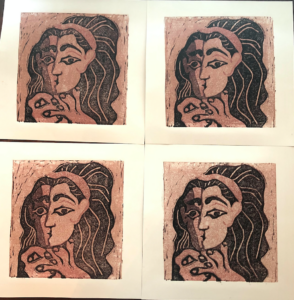
ARTS 120-01 — Intro to Printmaking This course utilizes traditional hand printing of relief images from Linoleum plates. Test plates are done in color and B&W. Folds and simple bookmaking are presented as options. After learning safe cutting, registration and printing methods, students are encouraged to pursue their own personal imagery. Critiques and view and response of videos and online print-related sites is required.
This course is taught by Professor Scip Barnhart.
ARTS 170-01 — Art of the Book
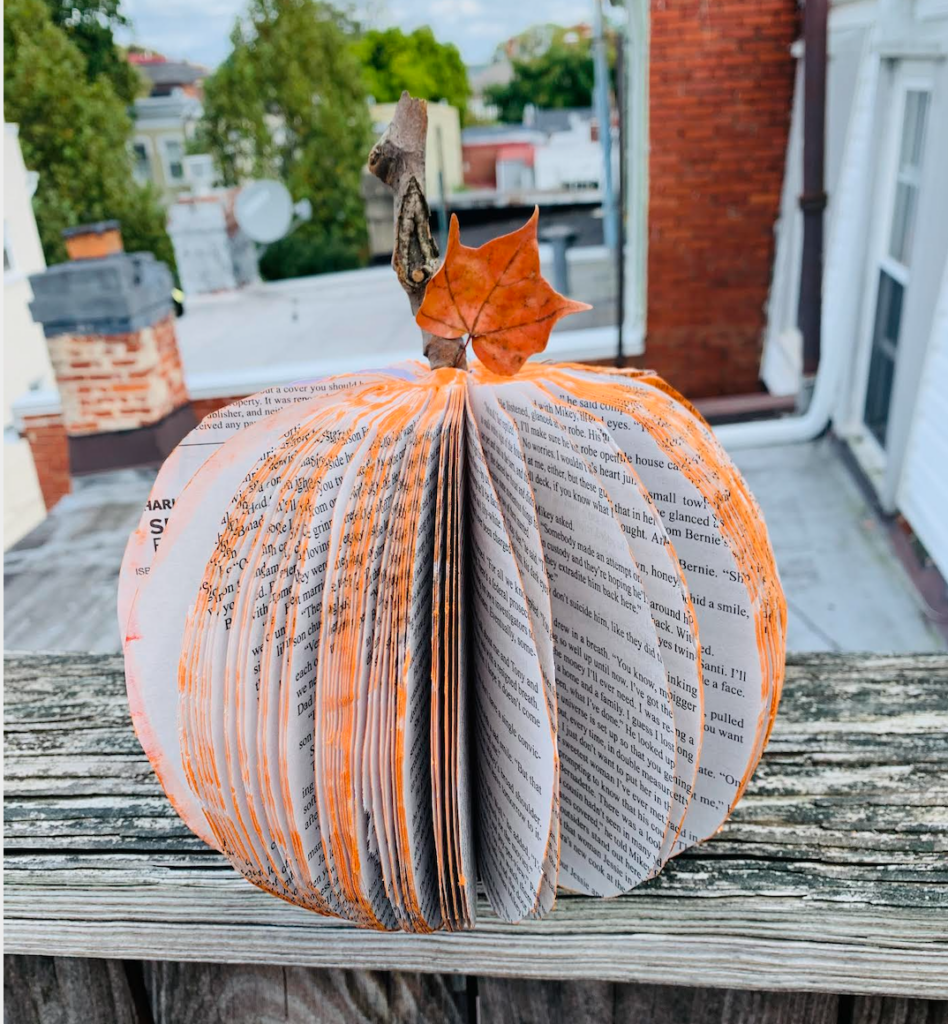
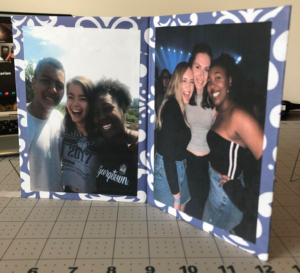
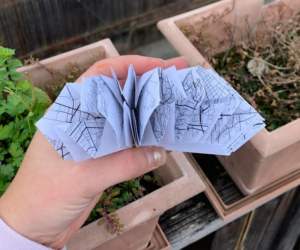
ARTS 170-01 — Art of the Book This course explores the practice and creation of unique artist books. Multiple bindings, sewing, folds, cutting methods, and techniques are taught to prepare students for personal expression through handmade books.
This course is taught by Professor Scip Barnhart.
Photography
Darkroom
ARTS 130-01 – Photo I: Darkroom
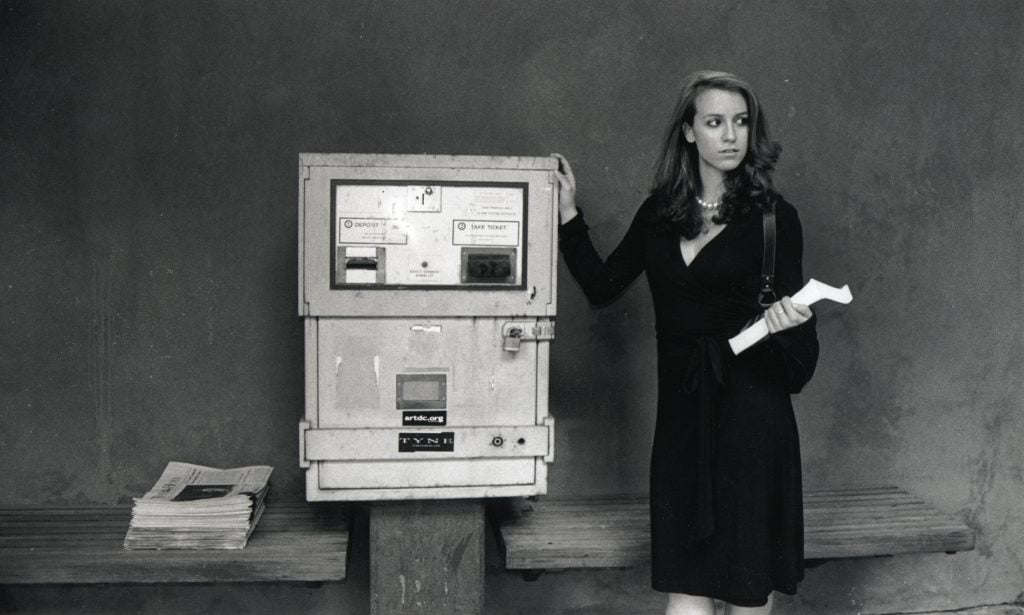
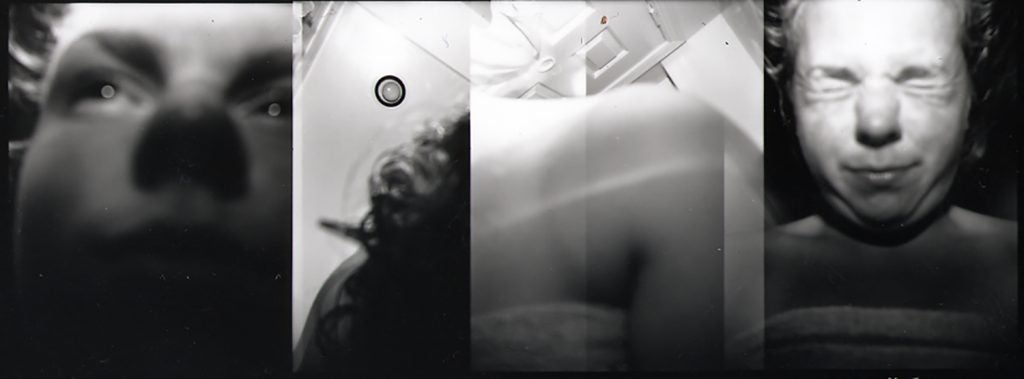

ARTS 130-01 – Photo I: Darkroom This intro-level course introduces students to the basics of film and darkroom photography, including camera use and functions, film processing, and printing images in the darkroom. Through lectures, demonstrations, and hands-on practice, students learn about composition and aesthetics, exposure, and print qualities. The class also uses presentations and guest speakers to explore the history of photography and contemporary practices. No prior experience is necessary.
These courses are taught by Professor Bruce McKaig.
ARTS 130-02 – Photo I: Darkroom
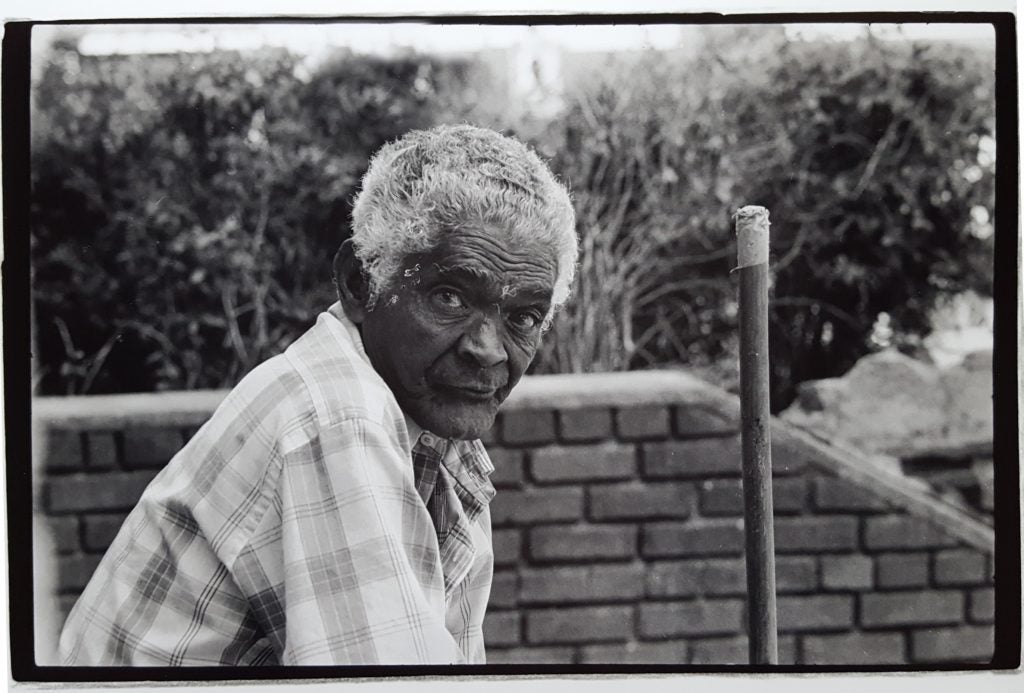
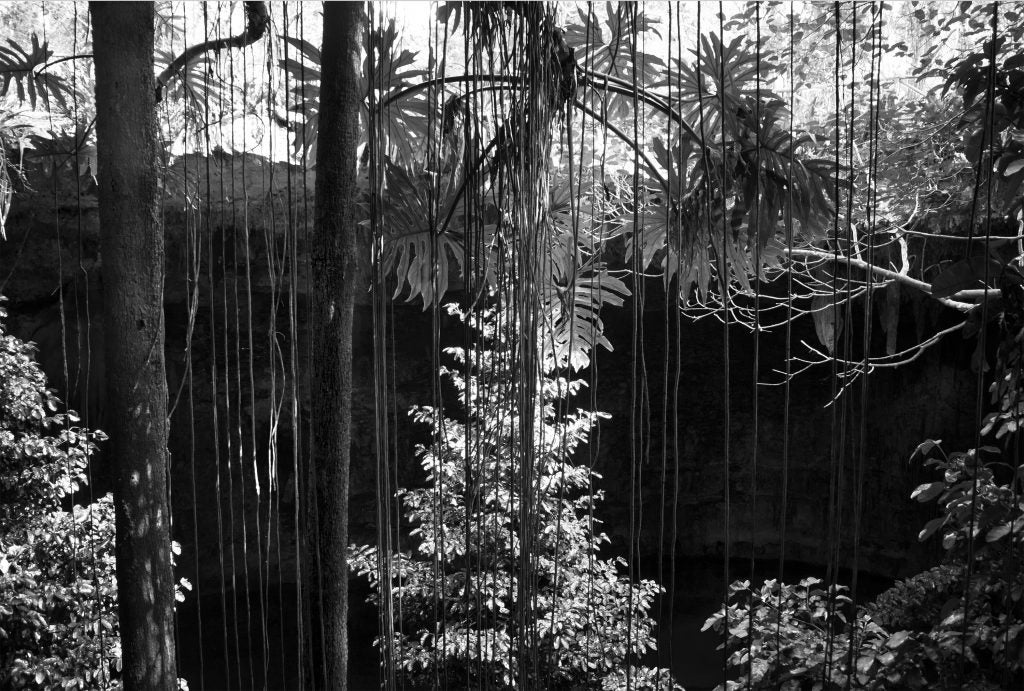
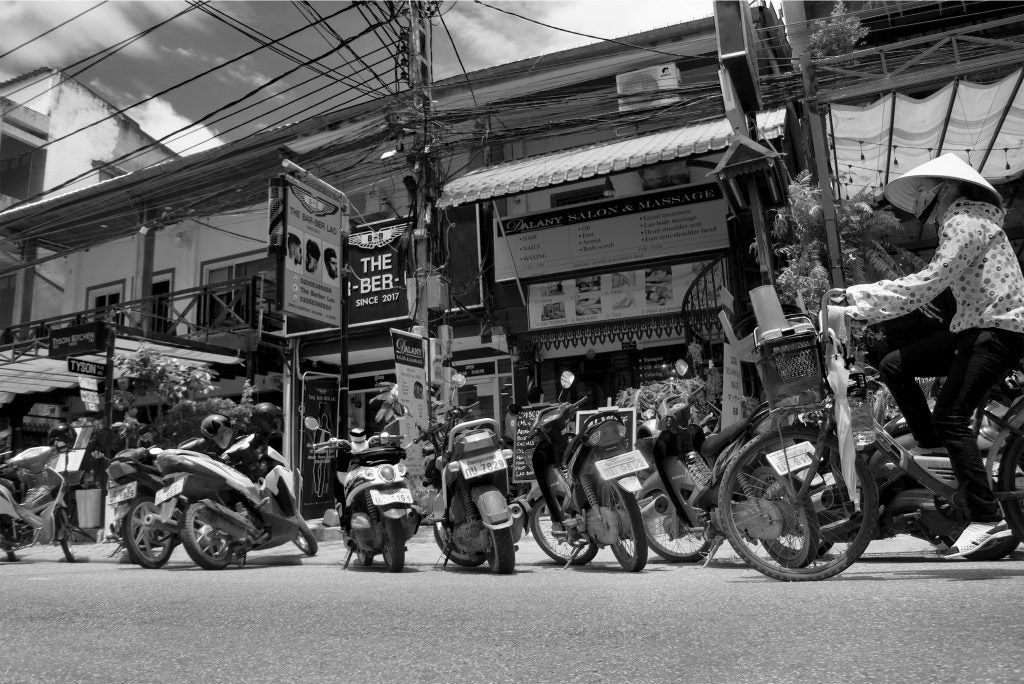
ARTS 130-02 – Photo I: Darkroom This course has been designed for students who do not have any technical understanding or previous experience with traditional black-and-white film photography. It will cover camera operations, film processing, enlargement printing, and presentation methods; students will expose, develop, and print all of their own images. Information will be conveyed through traditional readings, demonstrations, and hands-on experience with the camera out in the field and print chemistry in the darkroom.
This course is taught by Professor Kelly Carr.
Digital
ARTS 131-01 – Photo 1: Digital
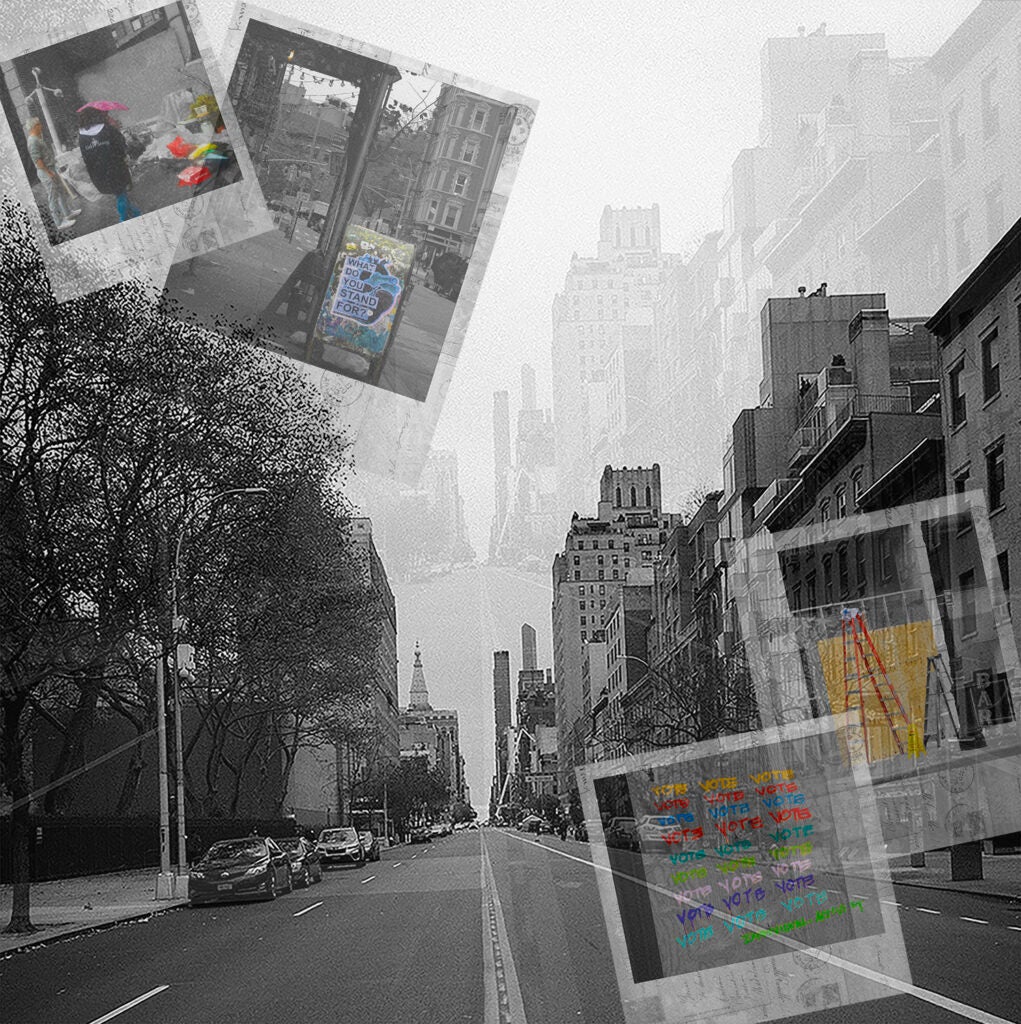
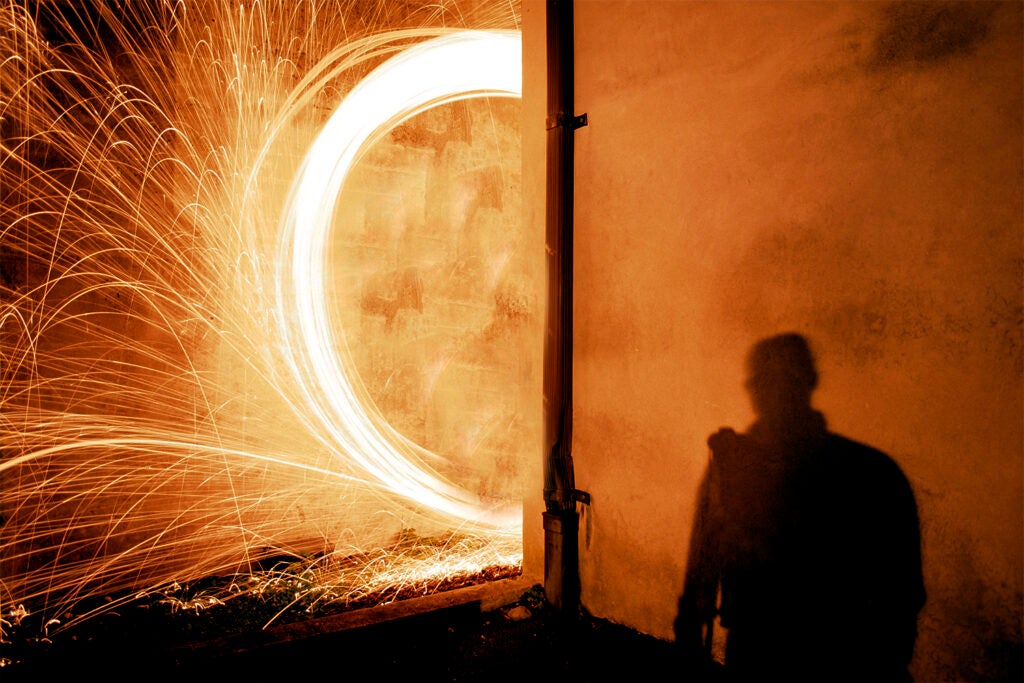
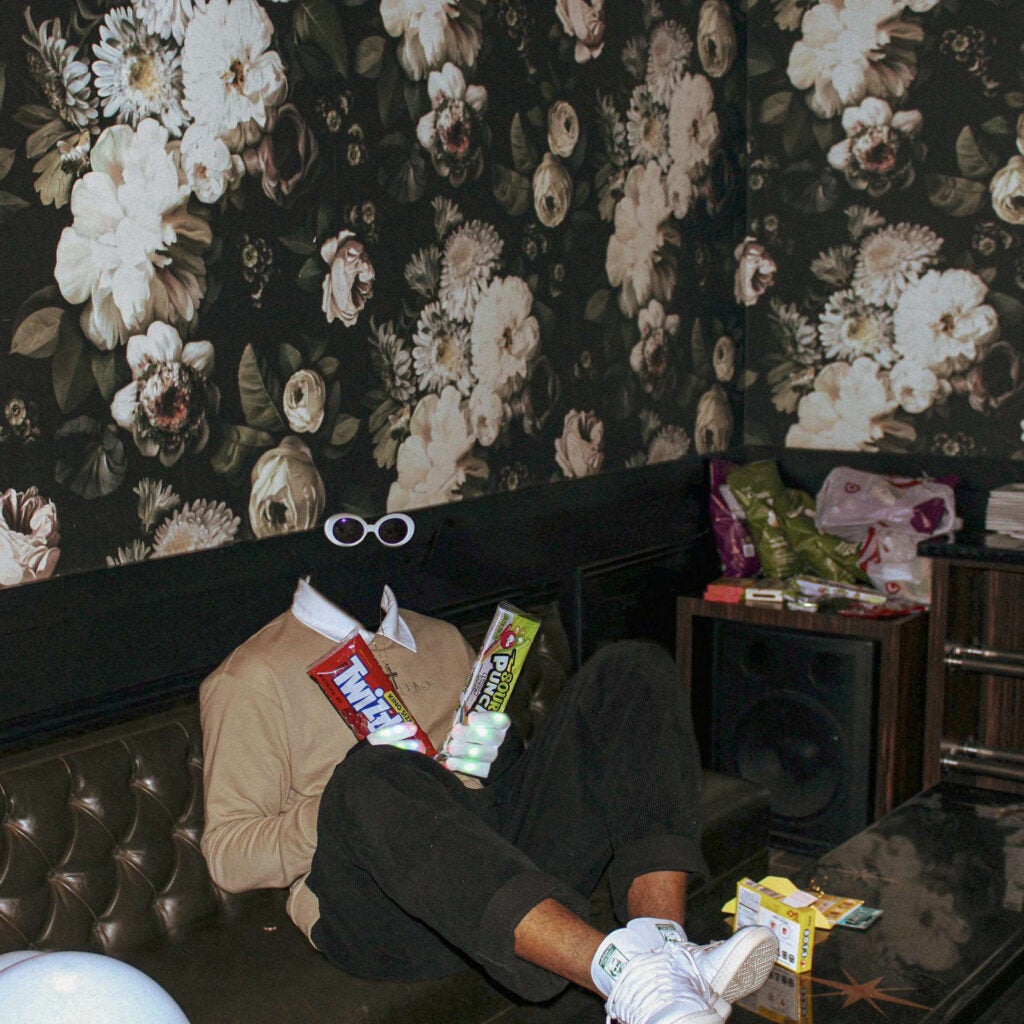
ARTS 131-01 — Photo 1: Digital Photography plays a predominant role in how we explore and express ourselves, and how we connect. Even after the pandemic, that will still be true. This class explores how the craft challenges, the cultural framework, and the photographer’s perspective are potential tools to help be better at making and understanding photographs. The sample images are students’ final portfolios from Fall of 2020. I am humbled by how much progress the students made even as we explored without the possibility of brainstorming face-to-face around a table.
These courses are taught by Professor Bruce McKaig.
ARTS 131-02 – Photo 1: Digital

ARTS-131-02 — Photo 1: Digital is an introductory digital photography studio art course designed to develop the hands-on skills necessary to produce and identify the elements of a good photograph and to acquire a thorough working knowledge of digital equipment. Students will gain an understanding of the aesthetic and technical areas of photography as fine art. Class lectures, discussions and digital lab assignments will deal with photographic composition, criticism and history, camera and paper types, and printer systems. Fundamental knowledge of computer programs such as Photoshop will be covered for students to edit and print their work. Students enrolled in studio courses must devote a minimum of FOUR TO SIX hours per week outside of class to develop and complete assignments. Through the analysis of the history of this medium, this class involves the study of photography as a metaphor for the human condition with students engaging in self-reflection and questioning through analysis, inquiry, dialogue and creation. This course fulfills the Georgetown HALC (Humanities, Art, Literature and Culture requirement) requirement.
This course is taught by Professor Roberto Bocci.
ARTS 131-03 – Photo 1: Digital
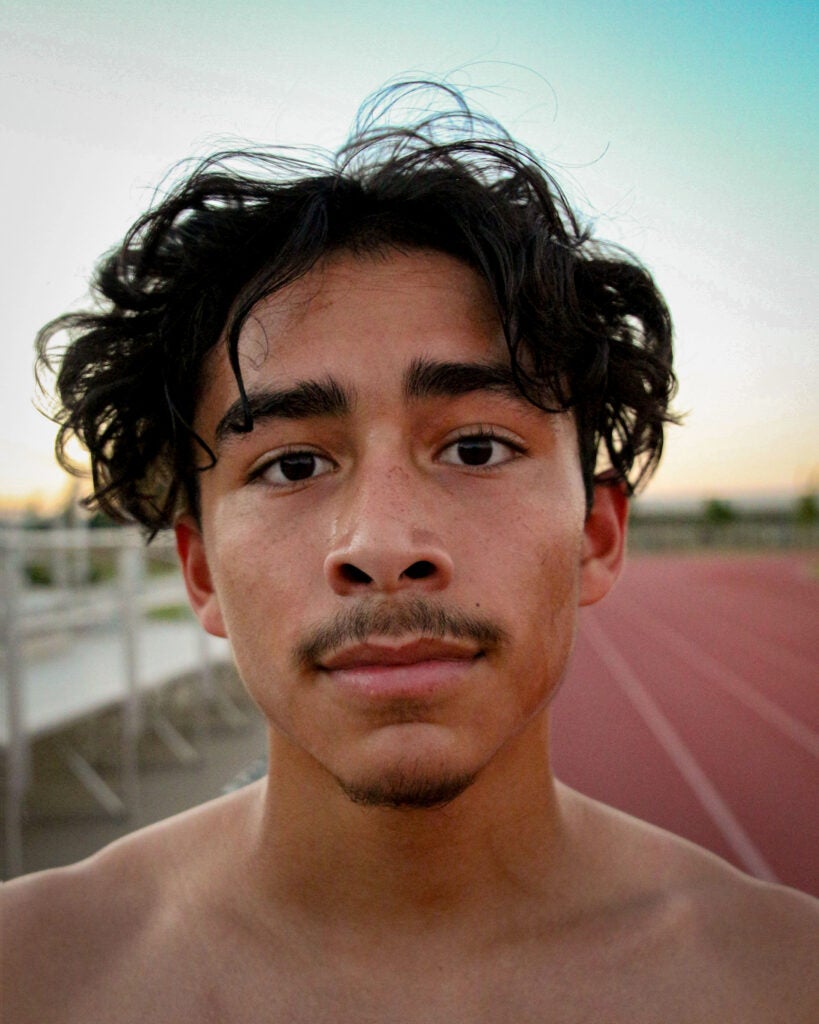


ARTS 131-03 — Photo 1: Digital is a basic digital photography studio art course designed to develop the hands-on skills necessary to produce and identify the elements of a good photograph and to acquire a thorough working knowledge of digital equipment. Students will gain an understanding of the aesthetic and technical areas of photography as fine art. Class lectures, discussions and digital assignments will deal with photographic composition, criticism and history. Fundamental knowledge of computer programs such as Photoshop will be introduced in the semester to develop photographic imagery.
This course is taught by Professor Kelly Carr.
ARTS 230-01 – Photography Studio II

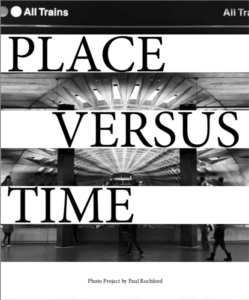
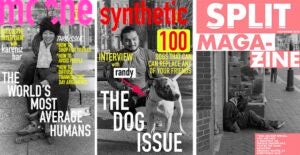
ARTS 230-01 – Photography Studio II is an advanced class for both film and digital photography students to continue shooting and printing their creative work in order to compile a portfolio that can be used to apply for internships, jobs or graduate school. Projects include the portrayal of a city (Washington DC and/or other), event documentation (the documentation of street events, political protests, rock concerts etc.), a book-making project that can be printed and bound in-house or sent out to companies like Blurb, and mini projects to learn how to use advanced Photoshop compositing and editing techniques. Projects can be developed on film or digital format and printed as gelatin silver and/or digital prints. As students produce work the prints are inserted into a hard copy portfolio or added to a website. The primary software packages you will use is Adobe Photoshop and Bridge and/or Adobe Lightroom.
This course is taught by Professor Roberto Bocci.
Sculpture
ARTS 140-01 & 140-02 – Sculpture I
There are two sections of 140, at different times.
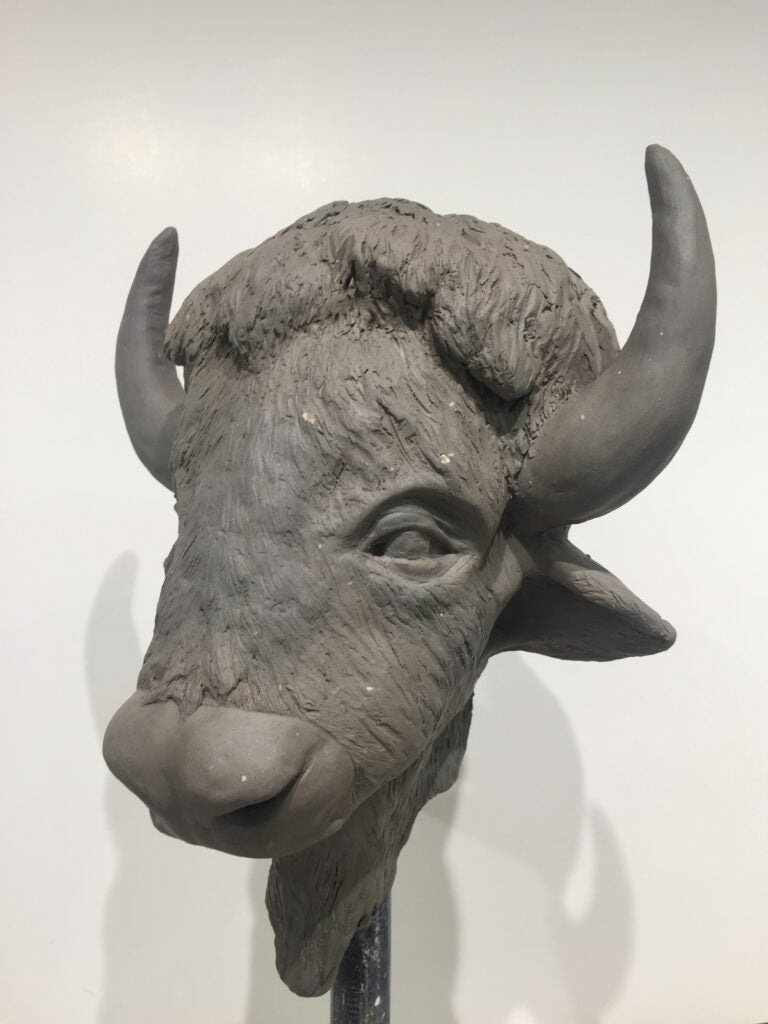

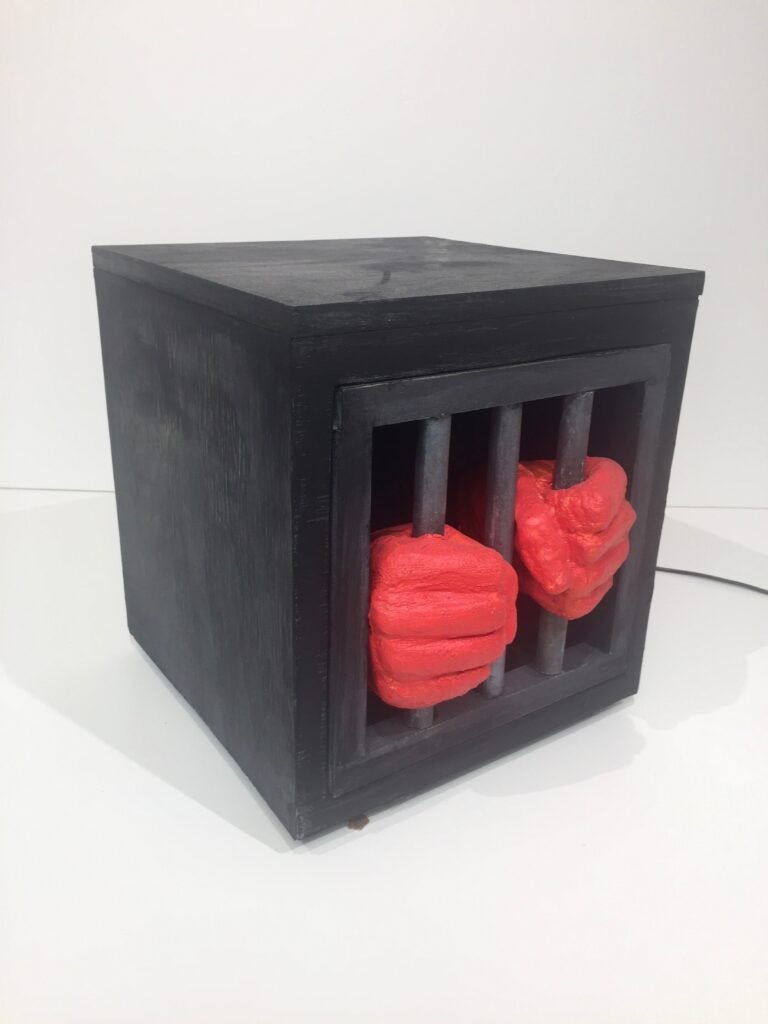
ARTS 140-01 & 140-02 – Sculpture I offers students the opportunity to exercise their creative drive and objectify their ideas as a three-dimensional form. Students work in traditional and contemporary methods and materials. During the semester there are three thematically driven projects that simultaneously introduce new materials, processes, and conceptual consideration. Assignments begin with demonstrations and example images of work by artists of different eras and previous students from Sculpture One. This spring semester Sculpture I will include projects that range from modeling a form in clay, creating sculptures with recycled cardboard and designing a miniature monument that will incorporate a range of materials. All sculptural processes will be low-tech and accessible to all.
This course is taught by Professor Evan Reed.
Painting
ARTS 150-01 – Painting I: Oil

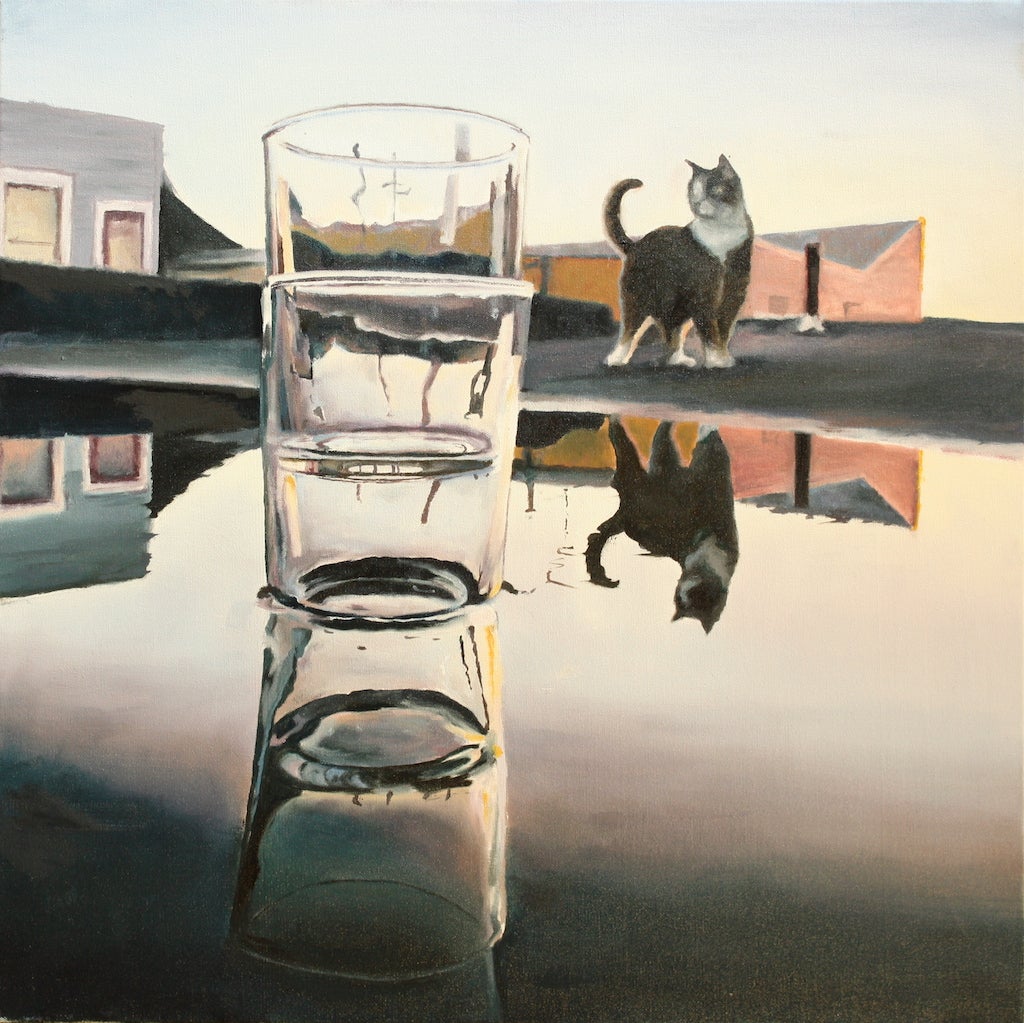
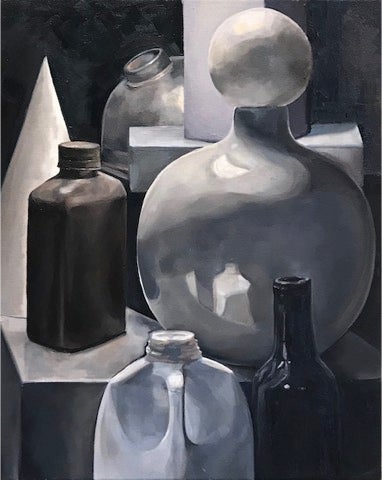
ARTS 150-01 — Painting I: Oil Edward Hopper once said, “If I could say it in words there would be no reason to paint.” In this course, students will use paint as a means of creative expression and as a means to explore their individual interests. Students will gain inspiration for their work from their personal-history and surrounding environments. They will learn to see the world from a new perspective, and with fresh eyes. This course will begin with foundational material, building step by step in complexity. Students will explore color theory and composition. Understanding that students have different levels of painting experience, I work with each student individually to help them improve. Using interactive group critiques and one-on-one feedback from me, all students will gain valuable feedback on their drawings. A variety of painting processes and techniques will be covered. In addition to still life, students will be able to do landscape and figure paintings. As a remote course, resources will include prerecorded demonstrations, live-recorded demonstrations, slideshow lectures, and short films about artists.
This course is taught by Professor Mark Anderson.
ARTS 150-02 – Painting I: Oil
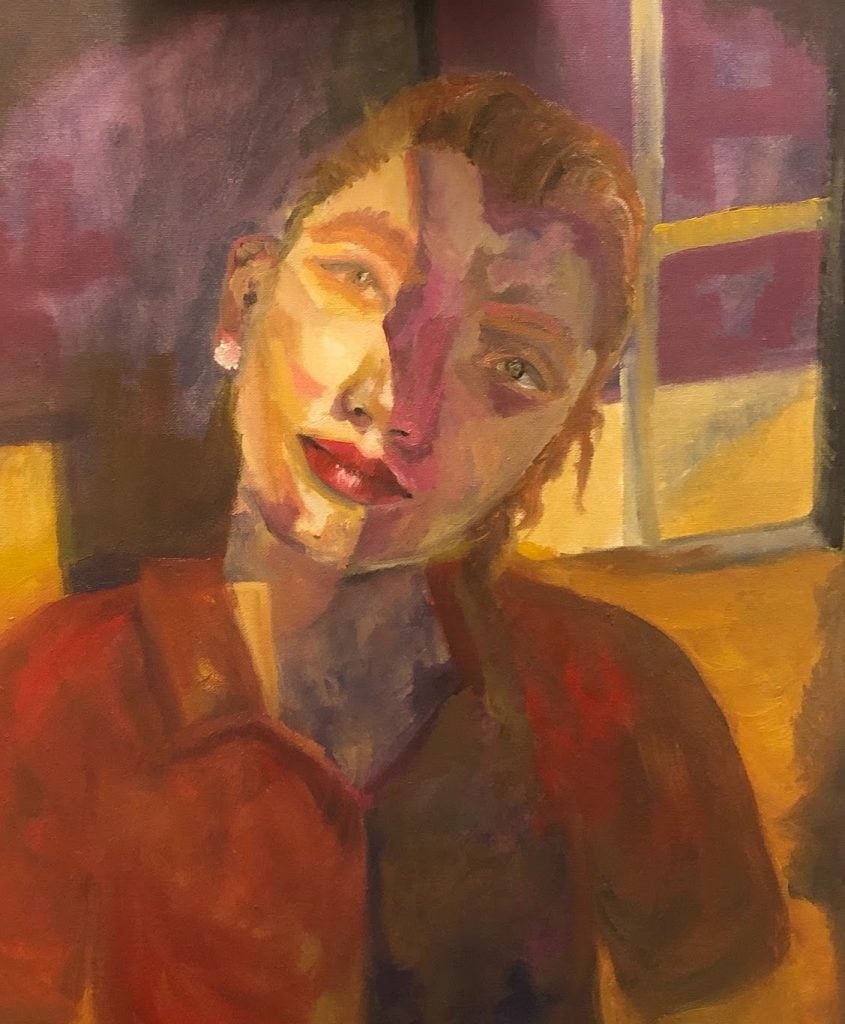
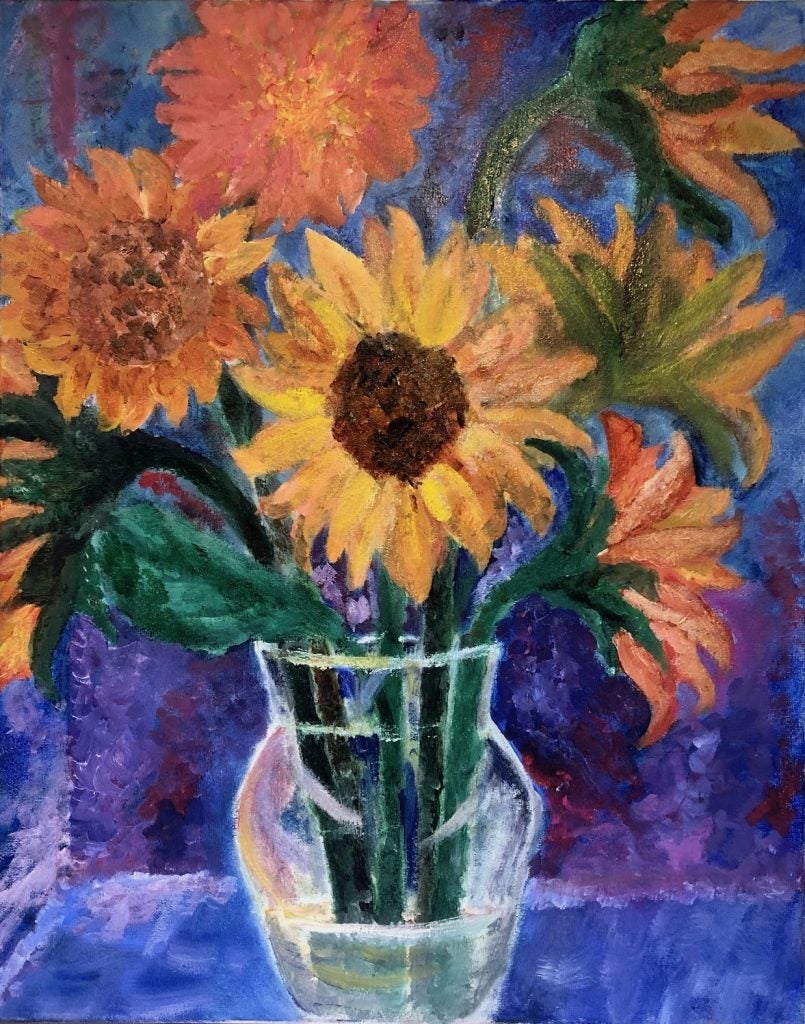

ARTS 150-02 — Painting I: Oil “A painting requires a little mystery, some vagueness, and some fantasy.” – Edgar Degas. In this painting course, students are introduced to the oil medium, its techniques and concepts, from traditional to more contemporary approaches. With an emphasis on composition, students will explore color and tonal relationships, as well as surface and textural qualities. Starting with the basics of color mixing and application, students move through a series of projects and exercises in which they explore various aspects of the painting process, gradually building their skills and understanding. Subjects range from still life and landscape to portrait/figure. Students are engaged on an individual basis as well as through group discussions, lectures/ slideshows, demonstrations and critiques.
This course is taught by Professor Ann Schlesinger.
ARTS 150-03 – Painting I: Oil
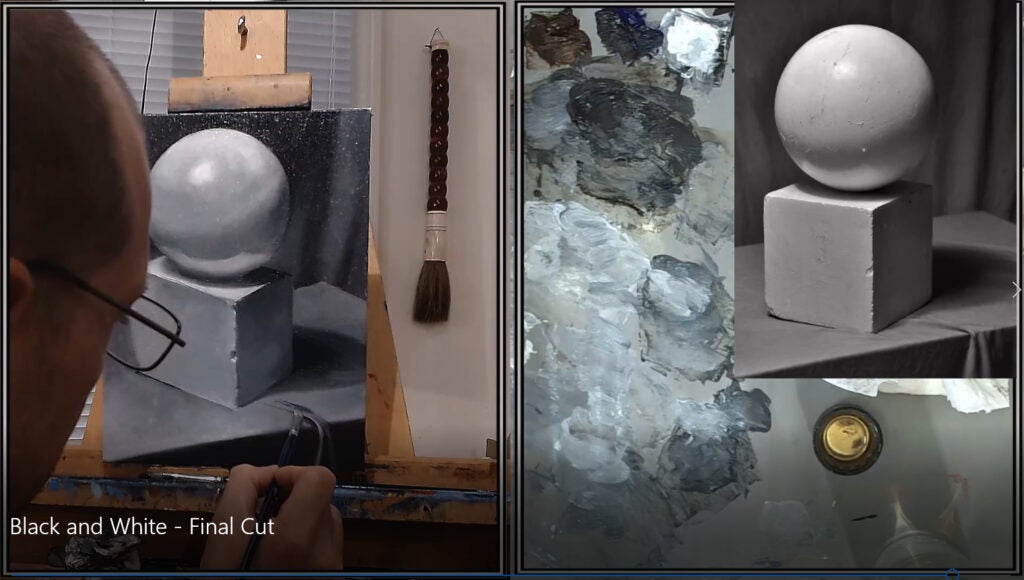

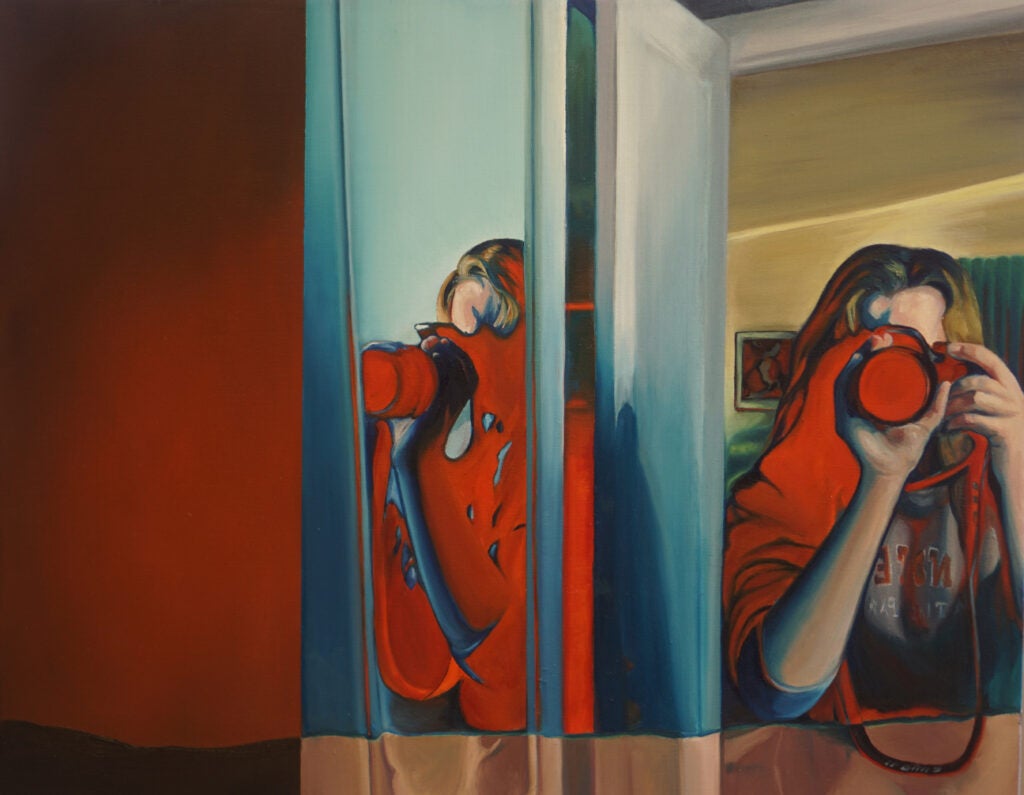
ARTS 150 03 — Painting I: Oil is an introductory painting course that teaches the basic techniques of painting. Students learn to paint from observation, in a manner that results in a realistic depiction of the subject. However, the goal of this course is not to make copies, but to strike a balance between an art historical approach to painting with a contemporary one – fostering an environment that encourages students to think creatively and to experiment with the paint and the subject. This is achieved through live and prerecorded demonstrations, artist slide lectures, group, and individual critiques.
This course is taught by Professor Scott Hutchison.
ARTS 154 01 – Intro to Watercolor
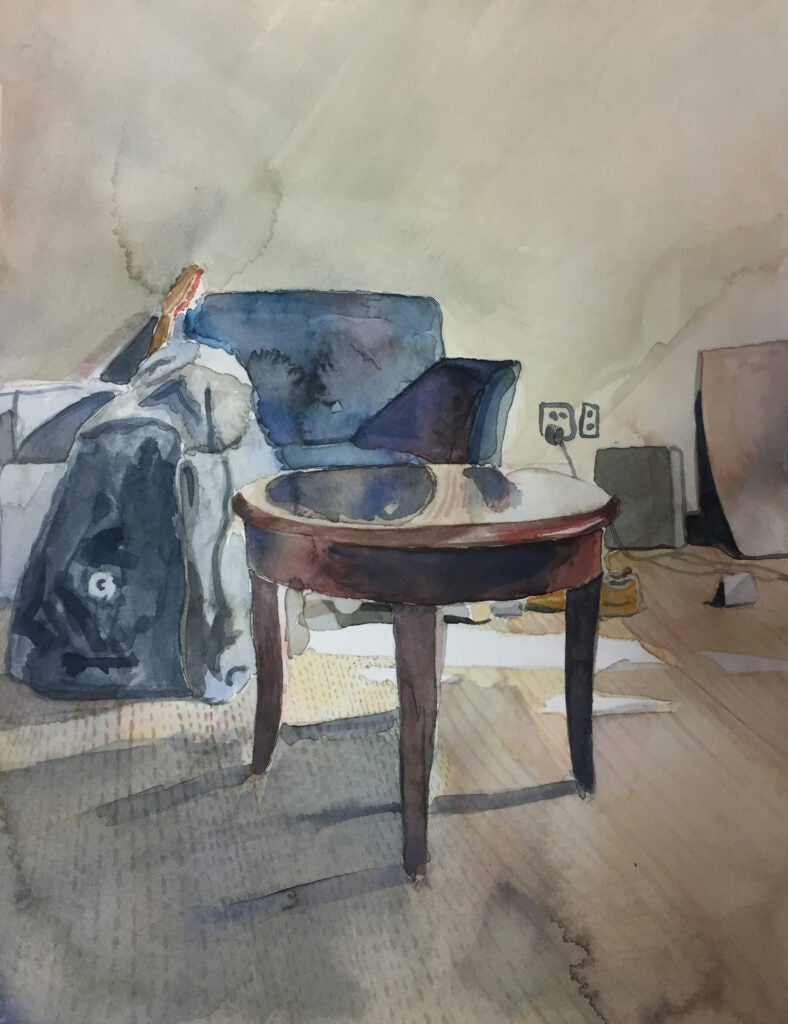
Watercolor on paper.
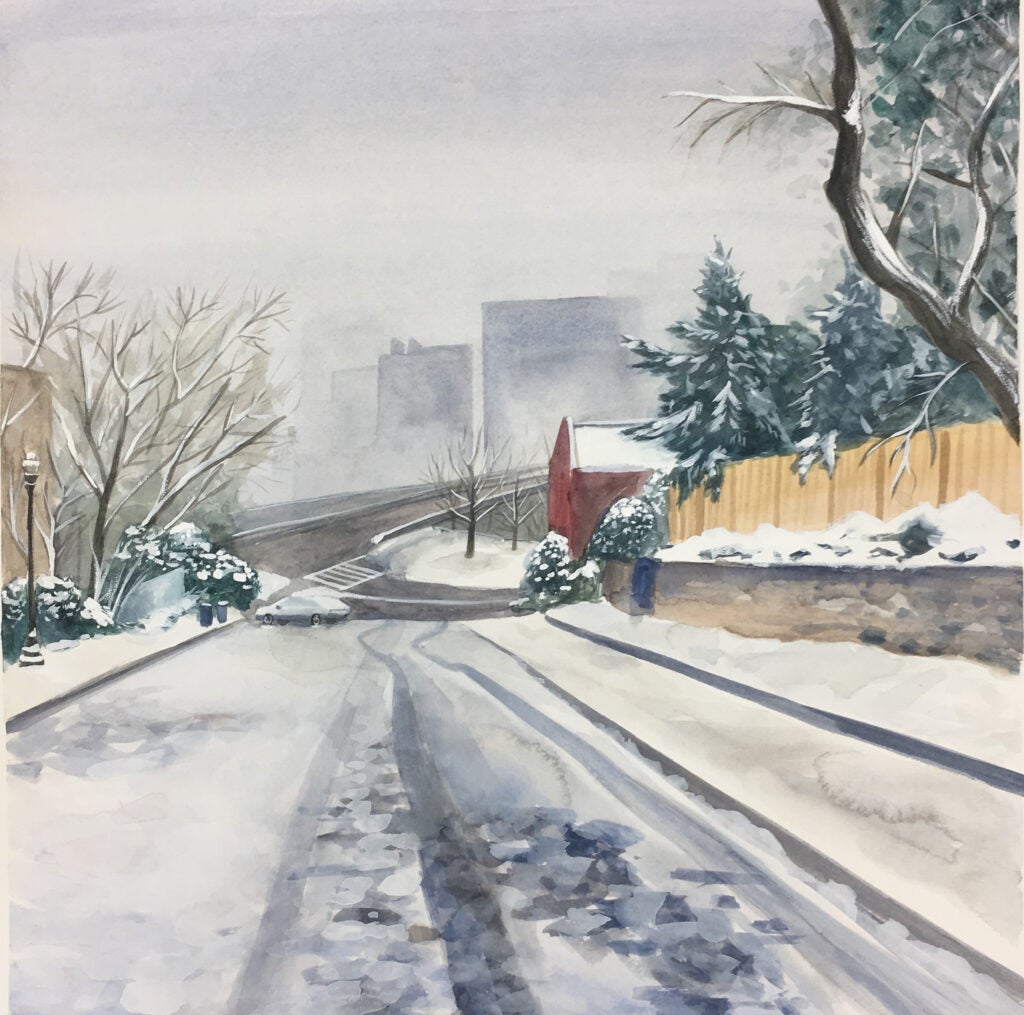
Watercolor on paper.
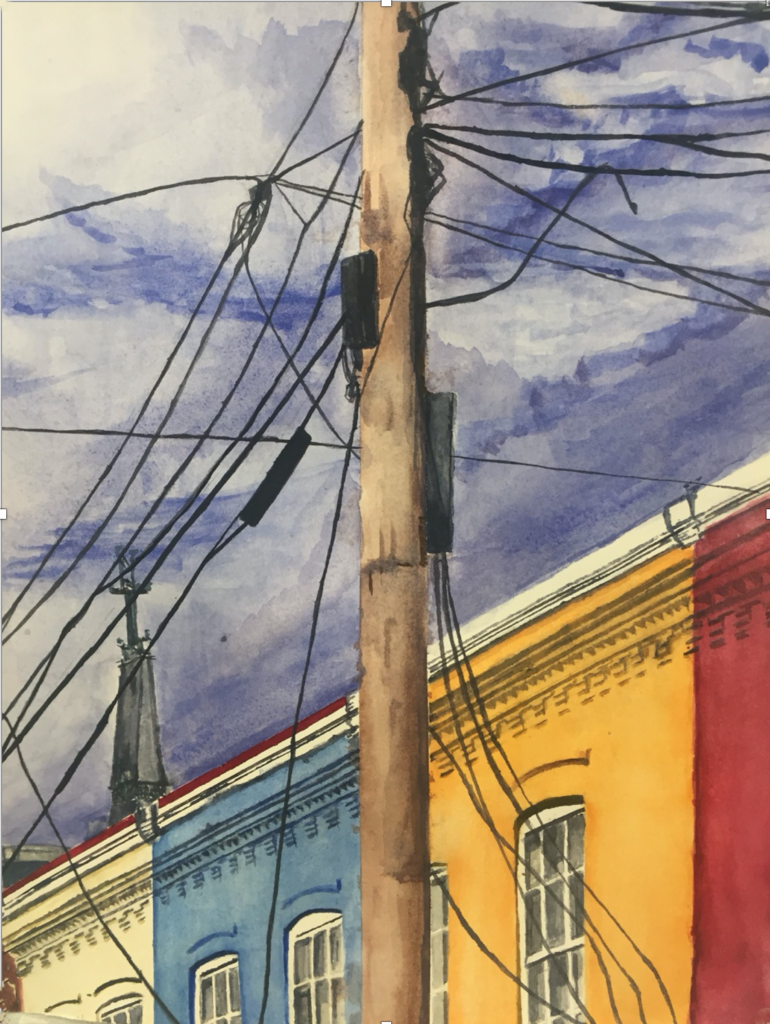
Watercolor on paper.
ARTS 154 01 — Intro to Watercolor, is a studio art class developing the techniques and concepts of painting in a traditional, water-based medium. Students will learn the basic techniques of transparent and opaque watercolor. They will investigate the impact of color and value on the illusion of space and form. While focusing on the traditional subjects of landscape, still life, and figure, they will create a portfolio of five images developing their drawing and painting abilities with the medium. Studio projects (watercolors), demonstrations, lectures, and; individual and class critiques will be conducted online using Zoom and Canvas to present all aspects of instruction — technique demonstrations, slide presentations and class discussion. Students create watercolors during regular class sessions for one-on-one feedback from the instructor and they continue to develop their paintings outside of class. The students receive individual guidance and evaluations from the instructor during each class as well as valuable insights from the student discussions during class critiques.
This course is taught by Professor John Morrell.
ARTS 250-01 — Painting Studio II
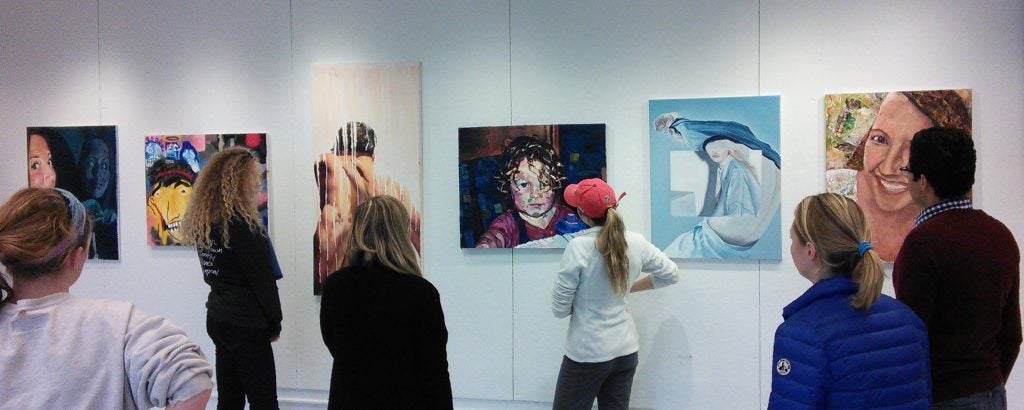
ARTS 250-01 — Painting Studio II is a continuation of Painting I. Students may explore a multitude of subjects during the semester, be it figurative, a landscape or still life. We will discuss both the history of painting as well as contemporary and modern approaches in oils or acrylics. Painting II departs from a direct observational study by encouraging students to take risks, experiment and explore deeply, a variety of interests through the investigative use of mark-making, automatic painting techniques, collaging, and imagination. Like all studio courses, Painting II is a high-contact, hands-on course, as such students will be expected to develop their projects both inside and outside of class. Instruction will consist of both live and pre-recorded demonstrations, presentations, and individual and group critiques.
This course is taught by Professor Scott Hutchison.
Graphic Design
ARTS 162-01 & 162-03 – Intro to Graphic Design
There are two sections of 162, at different times.
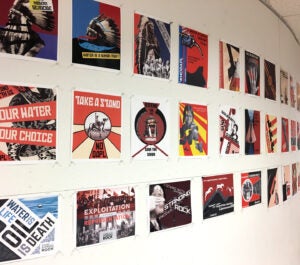
Students had studies the bauhaus design and did research on the DAPL and created poster designs.

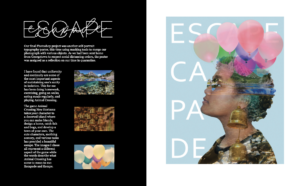
Students learn to do a portfolio newsletter in InDesign for their projects. This a spread from Nia Jordan’s portfolio.
Arts 162-01 & 162-03 — Introduction to Graphic Design: Students will learn the formal, aesthetic, and communicative aspects of creating effective graphic images. Projects include logos, typography, and digital arts that promote mastery of techniques, methods, and materials. In order to foster creativity, we start with breathing meditation at the start of class, followed by discussions about design and learn the Adobe software and the foundation of design principles. The goal of this class is to strengthen students’ visual literacy and communication skills as part of their liberal arts education.
This course is taught by Professor Negar Nahidian.
ARTS 162 02 – Intro to Graphic Design
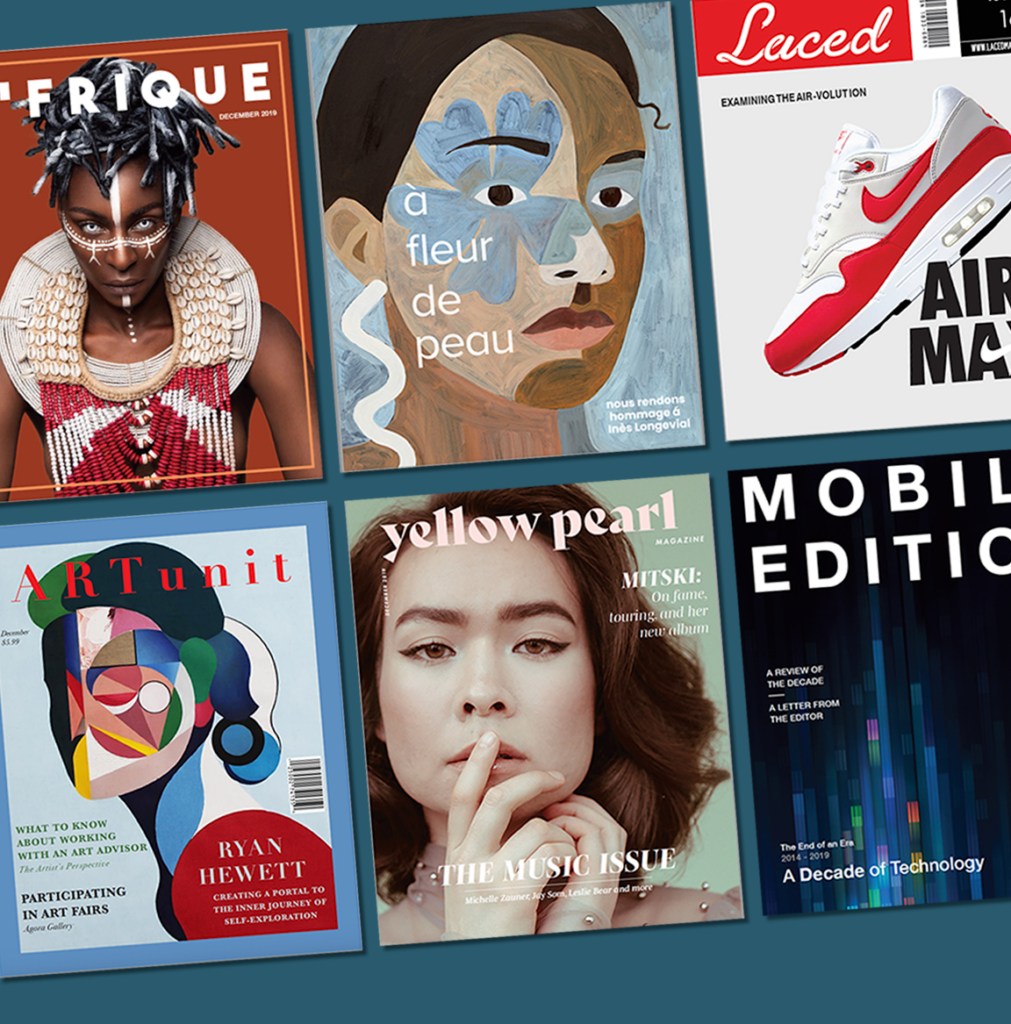
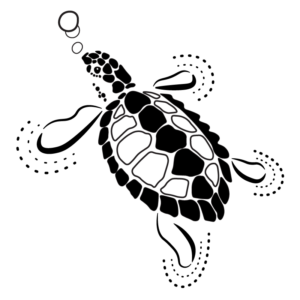

ARTS 162-02 — Intro to Graphic Design is a studio art class focused on the creation of graphic design assets for print and screen-based media. During this course, you will learn basic Adobe Illustrator, Adobe Photoshop, and Adobe InDesign software through real-world projects and current topics in graphic design. The course seeks to familiarize design students with the communicative power of visual form and to help students develop a personal process of creating original graphic forms capable of effectively communicating a message or information. Projects integrate the following topics: principles of graphic design, design research, logos and branding, album cover design, interactive and print publication design, typography, graphic design history, and professional portfolios.
This course is taught by Professor Toni-Lee Sangastiano
Animation
ARTS 166-01 — Animation I

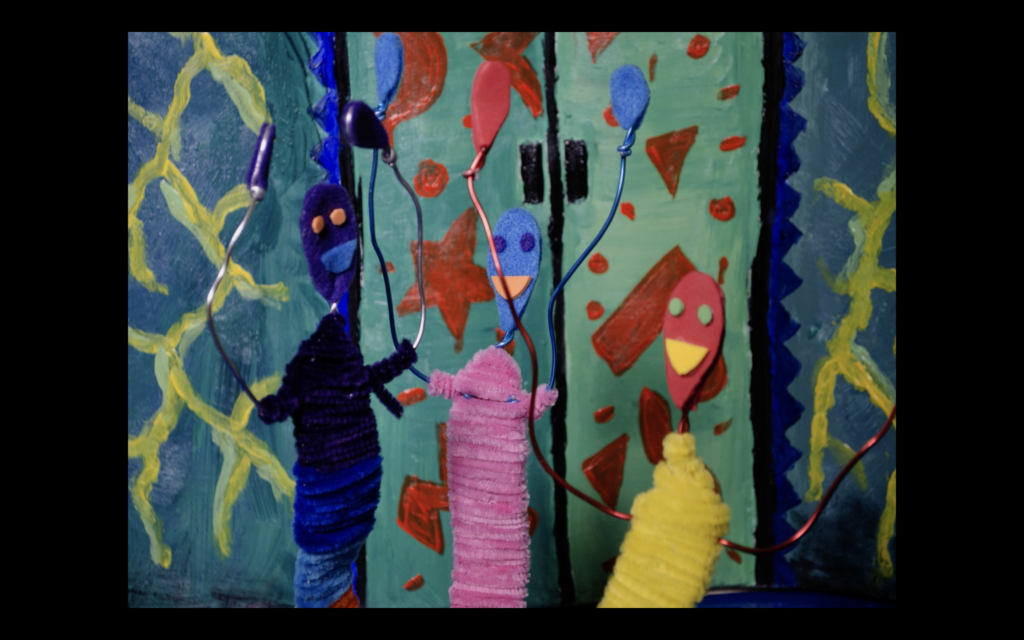
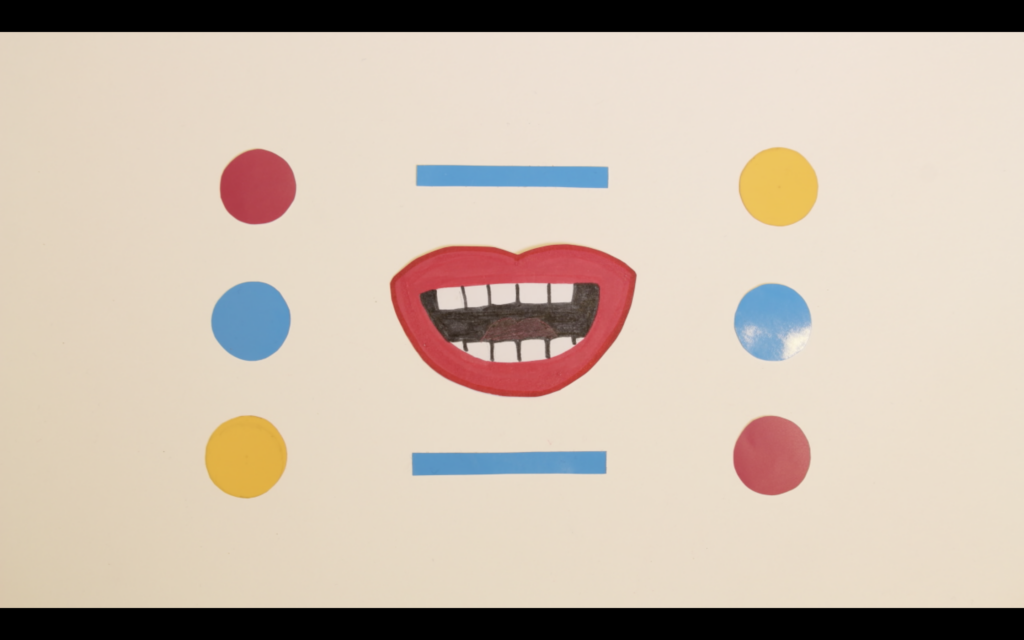
ARTS 166-01 — Animation I is designed to introduce students to basic methods and practices in animation while exposing them to artists working independently in the field. The course will provide an overview of techniques ranging from hand-drawn frame-by-frame animation, to object animation and pixelation. Each class will consist of a short demonstration, viewing of related works, hands-on experimentation and critique. Weekly assignments will further students’ exploration of animation approaches and techniques. The course will conclude with the creation of final projects in which students will develop and create an animated short in a medium of their choosing.
This course is taught by Professor Elyse Kelly.
Upper Level ARTS Courses
ARTS courses at the 330-400 level are designed primarily for Art Majors, Minors and advanced students who want to work with a professor on one or several independent projects over the course of the semester. These courses require approval. Please inquire with the individual instructor for more information.
These courses include:
ARTS 321 — Printmaking: Directed Study
ARTS 330 — Photography Studio III
ARTS 340 — Sculpture III
ARTS 350 — Painting Studio III
ARTS 430 — Photography Studio IV
ARTS 450 — Painting Studio IV
ARTS 499 — Senior Project Seminar
Art History Courses
ARTH 101-01 — Ancient to Medieval Art
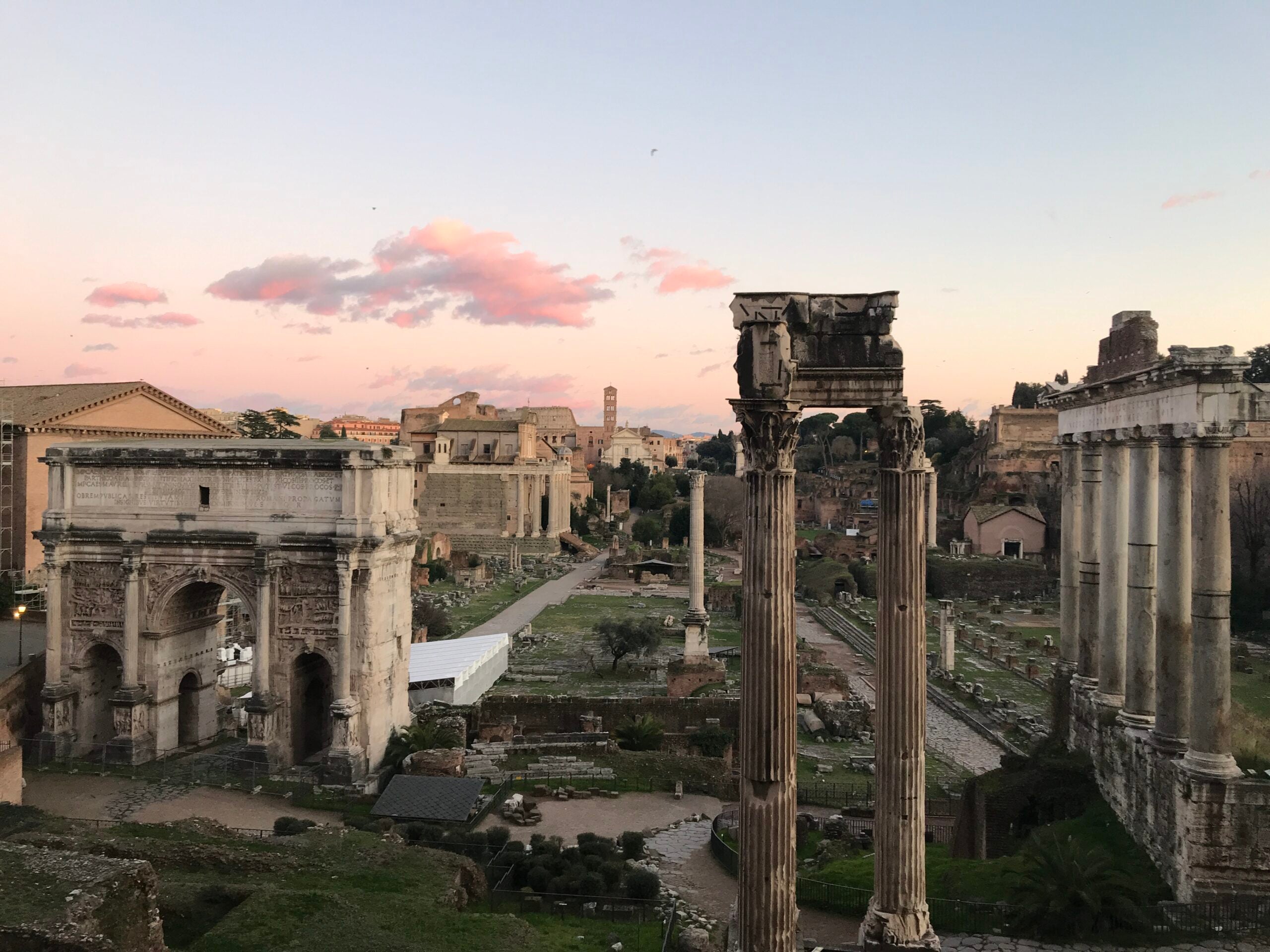
ARTH 101-01 — Ancient to Medieval Art surveys the art and architecture from the Paleolithic period through the Gothic period. Within a roughly chronological structure, we will explore the art of these periods in relation to their broader cultural, intellectual and historical contexts. In addition to emphasizing the developments that define each historical period, we will consider the aesthetic advances made with the painting materials and methods available at the time.
This course is taught by Professor Barrett Tilney.
ARTH 102-01 — Renaissance to Modern Art
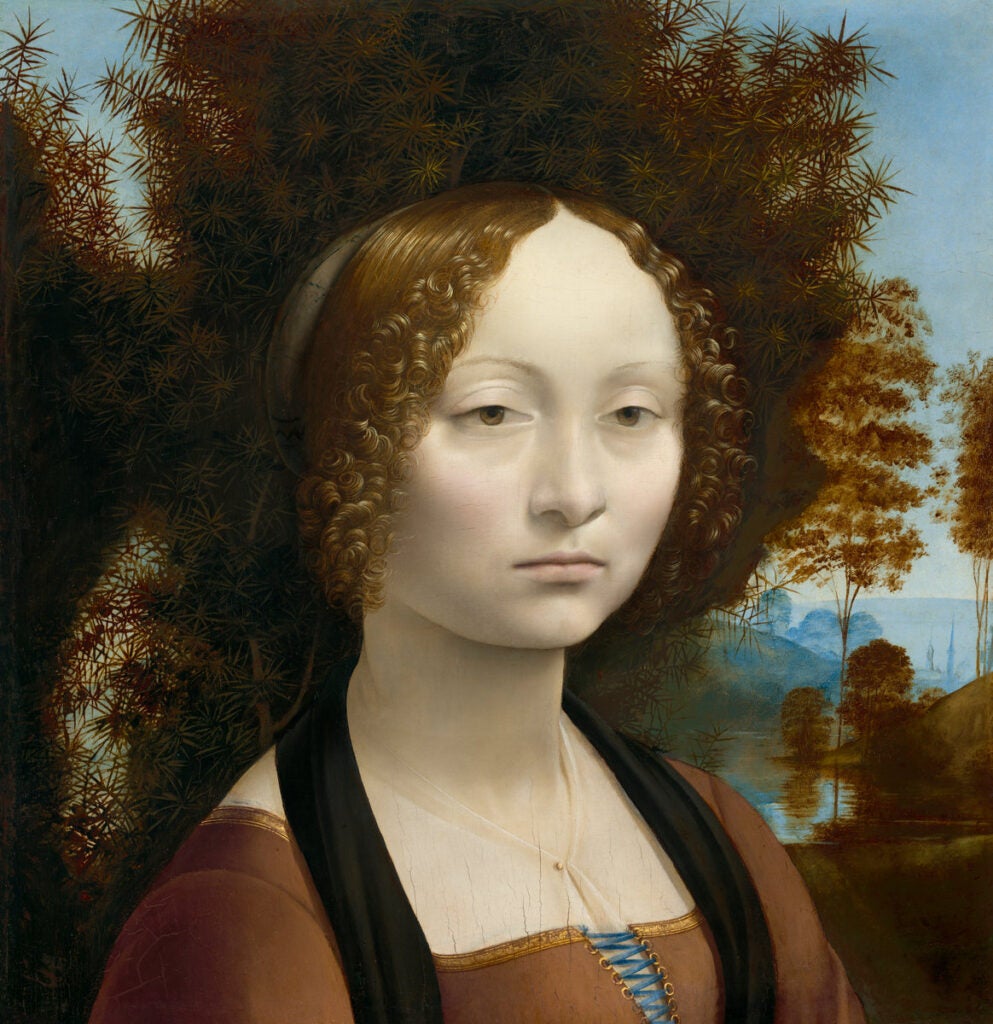

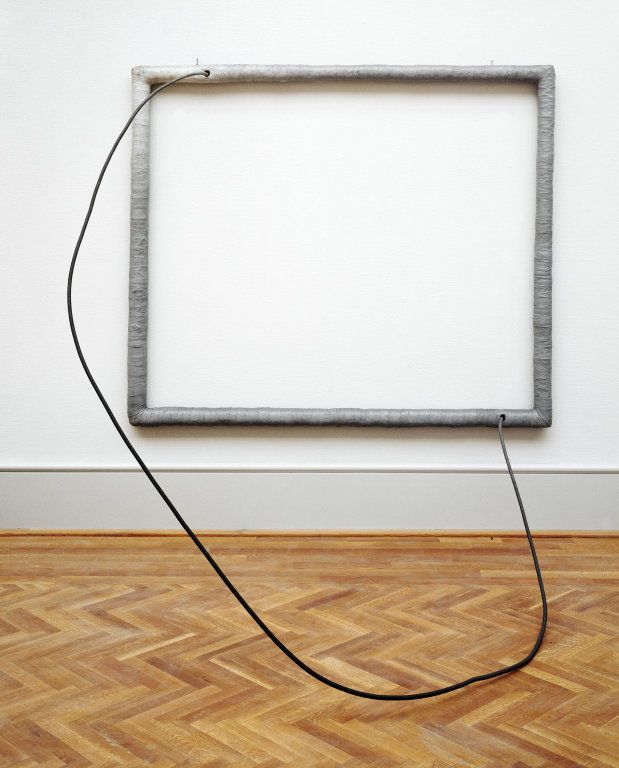
ARTH 102-01 — Renaissance to Modern Art surveys over six centuries of art to serve as an introduction to the history of Western culture, aesthetics, and civilization. During the semester, we will consider the work of major artists and artistic movements in the history of art from the beginning of the Italian Renaissance through the Modern era. The emphasis is on painting, sculpture, and architecture. The interaction of art and society will be explored through the chronological presentation of historical periods, permitting us to study the transformation of style and taste in relation to the changing culture and history of a particular time. The aim of the course is to provide a coherent framework for understanding the history of art in Europe and North America after 1300.
This course is taught by Professor Susan Nalezyty.
ARTH 171-01 — Buddhist Art
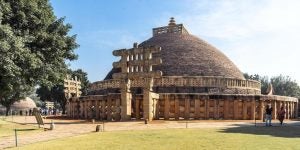
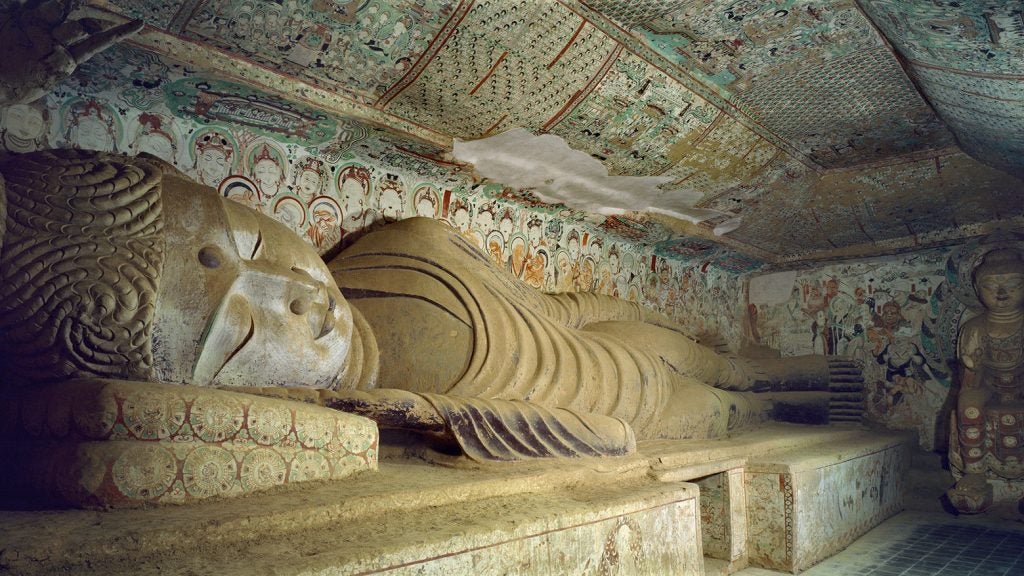

ARTH 171-01 — Buddhist Art will survey the Buddhist art and architecture of Asia through selected case studies of artworks and sites in South Asia, Southeast Asia, and East Asia. Among the topics to be studied include representations of the historical Buddha’s life, rock-cut architecture, monastic complexes, painted mandalas, and Zen portraits, as well as the roles played by patronage, pilgrimage, and ritual. Our focus on the Buddhist art and architecture of Asia will allow us to think through not only the historical development of the religion and its visual and architectural forms but also issues of cross-cultural transmission. In the process, students will gain familiarity not only with the religious and historical context of the artworks and sites and with the basic iconography of Buddhist deities but also with methods of visual analysis that form the basis of art historical methodology. No prior knowledge of Asian art or religions is required or assumed.
This course is taught by Professor Michelle Wang.
ARTH 222-01 — Art & Architecture in Renaissance Venice
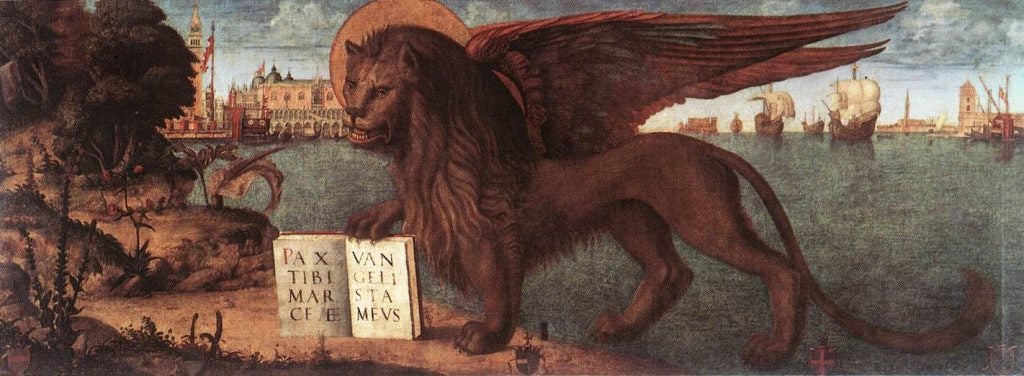
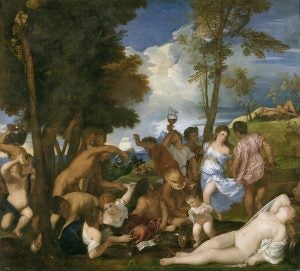
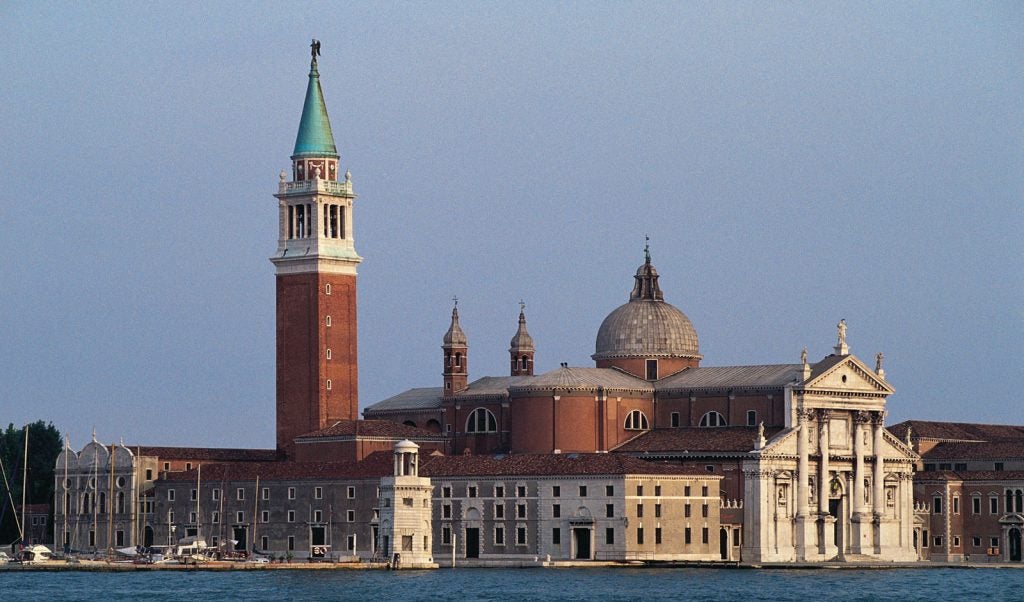
ARTH 222-01 — Art & Architecture in Renaissance Venice This course surveys visual arts and architecture emerging in the late fourteenth century to the late sixteenth century. It will explore the history of art not only in Venice but also in the Venetian Republic’s other possessions: the domini di Terraferma, such as Padua. Rather than presuming a “Venetian” style defined in contrast to other centers of the Italian Renaissance, we will aim to understand regional and individual tendencies on their own terms. The course will present the canonical works of Venetian Renaissance painting, sculpture, and architecture, but it also aims to expand the scope of relevant items for art historical inquiry, covering material culture, manuscripts, and early printed books. The works themselves within a historic context will be the focus, including their means of production, the places for which these images were intended, the concerns of patrons and art collectors, and the expectations and responses of the works’ first viewers.
This course is taught by Professor Susan Nalezyty.
ARTH 236-01 — Dutch Art/Age of Rembrandt

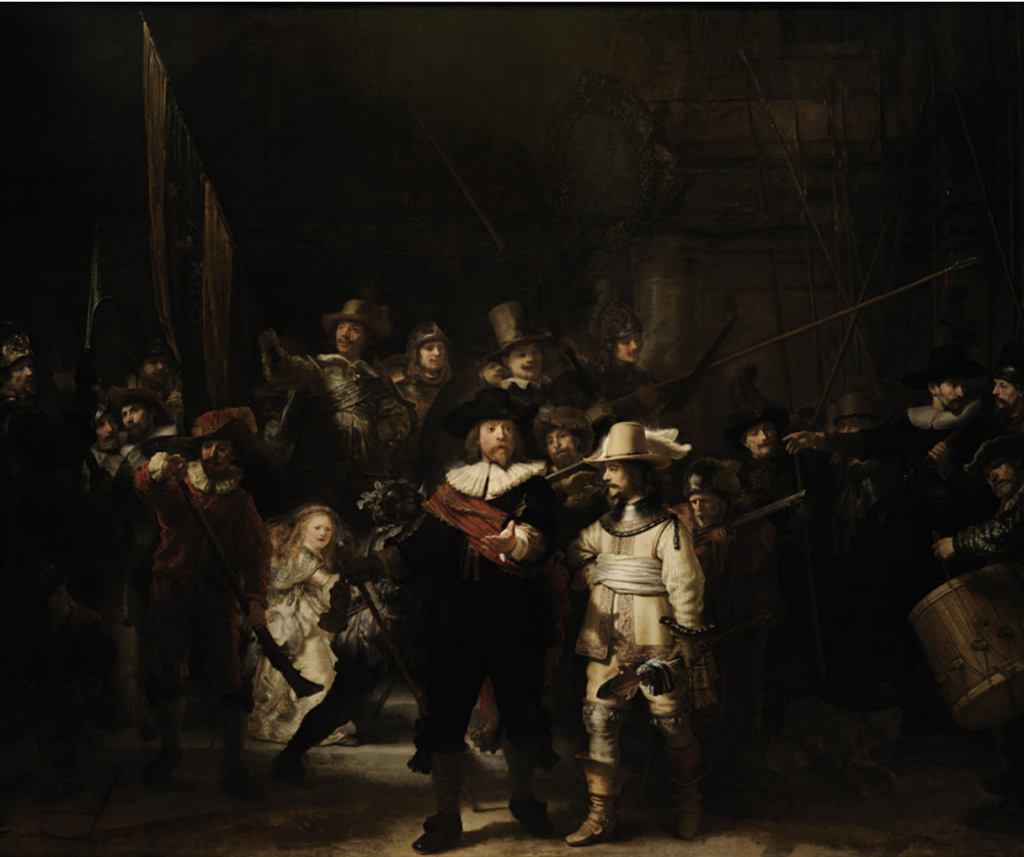
ARTH 236-01 — Dutch Art/Age of Rembrandt You have most likely heard of Johannes Vermeer and Rembrandt van Rijn whose paintings have been the focus of countless exhibitions, films, and novels. While we will study their careers and remarkable artworks in-depth, their paintings comprise only a tiny fraction of an estimated 5-10 million works of art produced in the 17th-century Dutch Republic (now the Netherlands) for a population of about the same as Philadelphia today. One scholar estimates that, at times, artists made up 5% of the male labor force in dutch towns. Our class will explore this explosion of art. In addition to surveying other artists and their paintings and prints, we will consider the broader context of the profusion of art: political independence, trade, and exploration, a unique art market, a wide range of buyers, and new methods of production.
This course is taught by Professor Barrett Tilney.
ARTH 255-01 — Global Contemporary Art
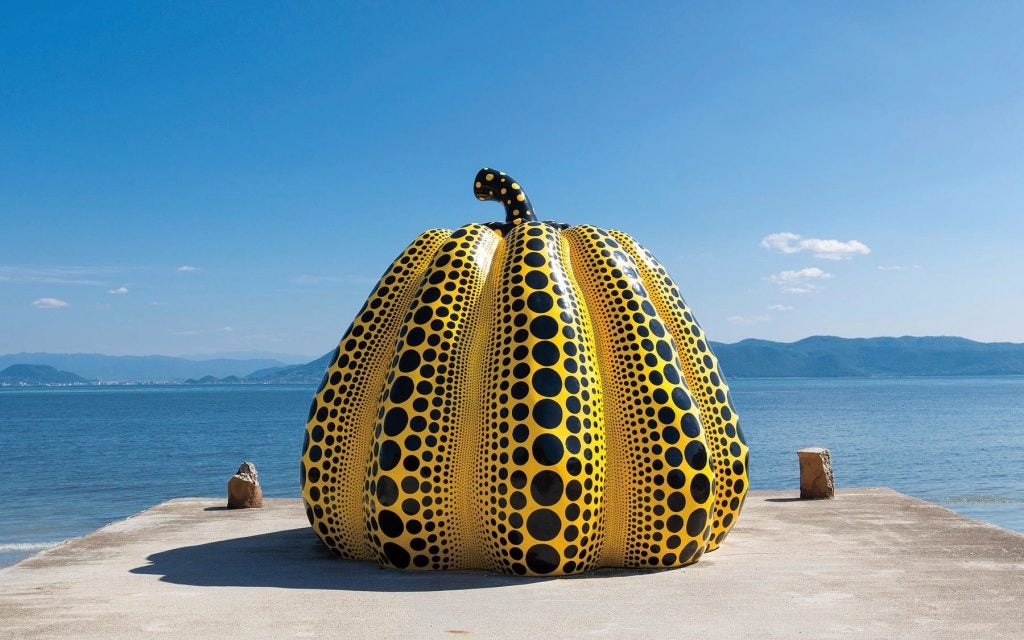
ARTH 255-01 — Global Contemporary Art This survey course provides a general introduction to global contemporary art. After providing a brief grounding in 20th-century modernism and socio-political events of recent decades, this course considers a broad thematic range: pop and conceptual art; the emergence of performance, installation, and new media; earthworks and site specificity; identity-based and institution-critical art; relational aesthetics and new modes of spectacle and digital consumerism; and the emergence of the global biennial and gallery system. This course assumes no prior knowledge and introduces students to a constellation of artists from around the world—from Cindy Sherman to Andy Warhol and Ai Weiwei, Lygia Clark to Kara Walker and Walid Raad, and many more.
This course is taught by Professor William Bourland.
ARTH 365-01 — Latin American Art I

ARTH 365-01 — Latin American Art I This course examines the art of Mesoamerican before the Conquest (ca. 10th century BCE) and up to the period of independence (early 19th century CE). Organized chronologically, the course studies the art of Mesoamerica, early contact between Europeans and Indigenous Americans, the introduction of European art in Latin America, and the innovative transformation of both native and European art due to the Conquest. By analyzing various materials and topics that include architecture, paintings, sculptures, codices, and prints, the course places particular emphasis on the interaction between native traditions and imported ideas concerning religion, race, gender, politics, rituals, and daily life. While considering several relevant art movements, the course introduces students to the major theoretical issues regarding Latin American art and its interpretation.
This course is taught by Professor Andrea Gallelli Huezo.
ARTH 431-01 — Museum Architecture
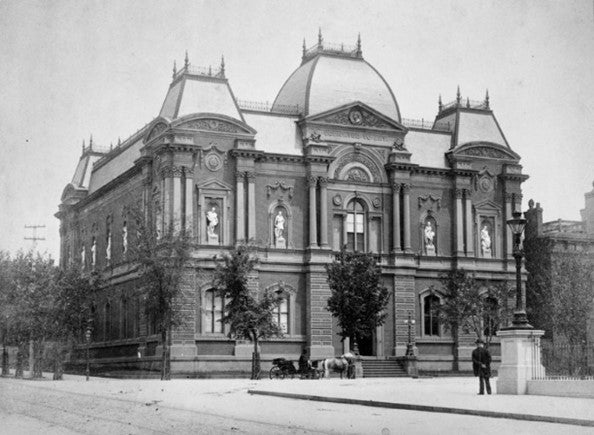
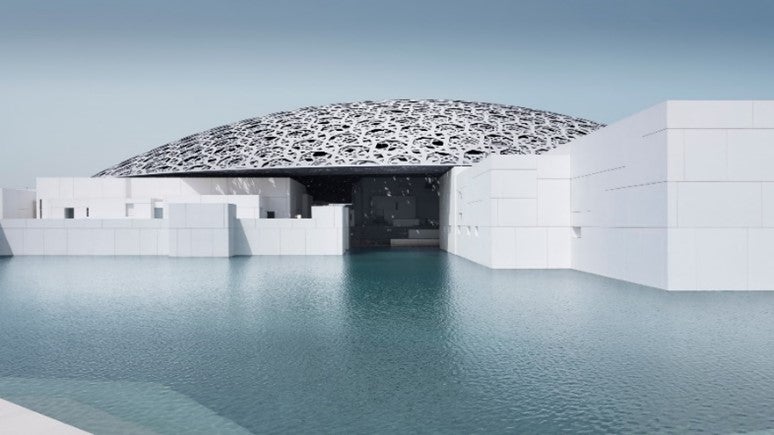
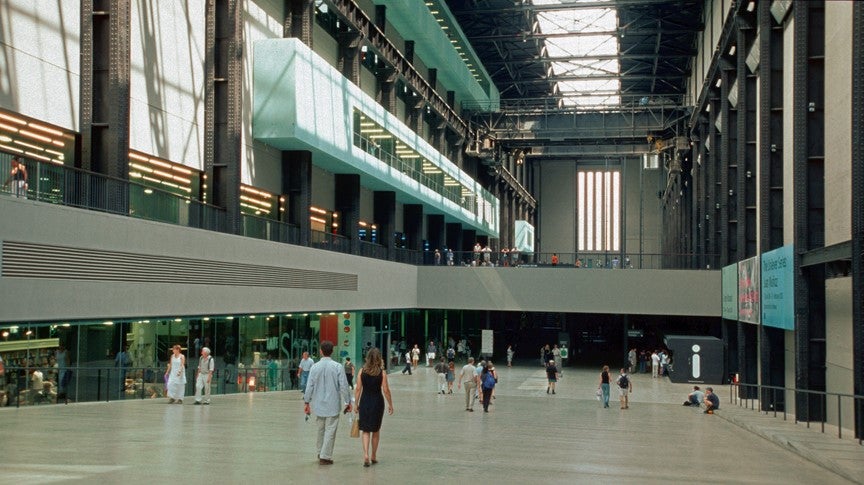
ARTH 431-01 — Museum Architecture Museum architecture shapes visitors’ experience of works of art and plays an integral role in the life of a city or region. In this course students will think critically about the architecture of the art museum. Questions to be considered include: How does architecture contribute to a museum’s visiting culture? What is architecture’s appropriate role – should buildings be at the forefront of a visitor’s experience or remain as a backdrop? How might a structure reflect the culture and art collection it presents? How have signature buildings impacted an area’s economic standing? Among others, the work of designers such as Renzo Piano, Tadao Ando, Zaha Hadid and Snøhetta will be explored. Case studies addressing institutions such as the Metropolitan Museum, the Art Institute of Chicago and the Louvre will be analyzed. Students will gain familiarity with field scholarship, visit multiple area museums and complete writing and presentation assignments.
This course is taught by Professor Stephanie Rufino.
ARTH 451-01 — Global Modernism

ARTH 451-01 — Global Modernism Modernism broadly refers to varied cultural responses to the changing technological and economic forces of the 19th and 20th centuries. The study of modernism and its artistic avant-gardes is often confined to case studies from the European context. This seminar considers a range of recent scholarship on the period from roughly 1900-1960 that explores new histories of modernist practice in Africa, Asia, and the Americas, and the networks of cultural exchange that connected them as part of a global phenomenon.
This course is taught by Professor William Bourland.
ARTH 454-01 — Visions of the Sublime in American Art and Literature
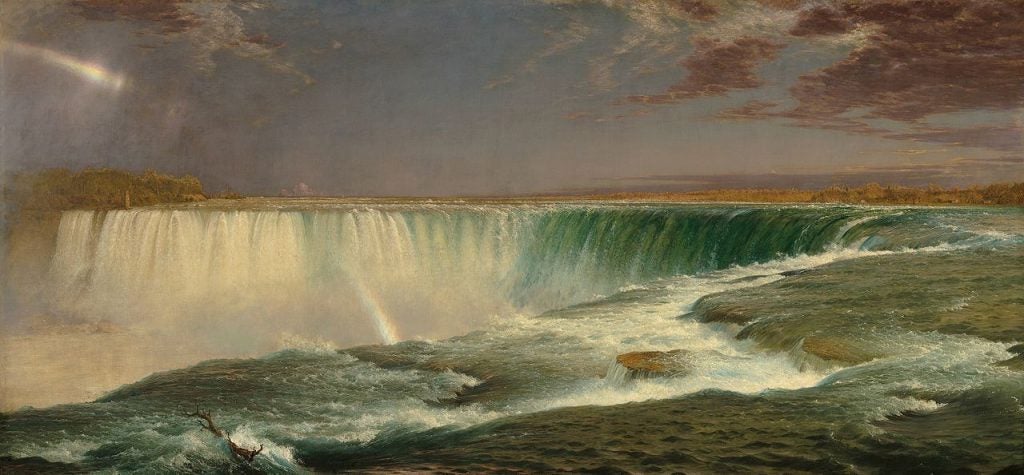
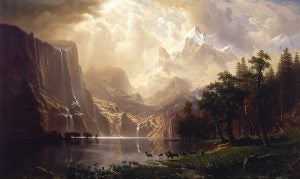

ARTH 454-01 — Visions of the Sublime in American Art and Literature This course examines the transformation of European philosophical and aesthetic notions of the sublime and the beautiful into a distinctly American aesthetic. By considering eighteenth-century philosophical writings on the Sublime, major American 19th-century paintings, and literary selections, we will explore ways in which Americans embraced Nature as a symbol of the Sublime (Divine), and the implications of this for American character and national destiny. If possible, there will be field trips to the National Gallery of Art and the Smithsonian American Art Museum.
This course is taught by Professor Elizabeth Prelinger.
ARTH 463-01 — Earth, Art: China
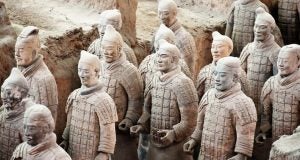


ARTH 463-01 — Earth, Art: China This seminar examines earth as material, site, and concept for art-making in China from prehistoric times to the present day. Although Chinese ritual and connoisseurial texts privileged ritual objects made of bronze and works of painting and calligraphy made from ink and silk, the earliest extant artifacts in China are ceramic vessels made from clay. Furthermore, knowledge of how to work with clay and earth was critical to the production of objects and sites both minuscule and monumental in scale: from small terracotta figurines of the silk routes to the Great Wall of China. In this seminar, we will consider the artisanal knowledge that emerged from the very earth of China, as well as frameworks such as site-specificity, new materialism, and environmental humanities.
This course is taught by Professor Michelle Wang.
Senior Thesis
ARTS 490, Senior Thesis: By arrangement with a faculty adviser, majors may write a senior thesis on an art historical topic of their choosing. The thesis is optional but can serve as a capstone course that prepares students for future professional or graduate work.
Art & Museum Studies Courses
AMUS 500-01 — Museum Studies Foundation
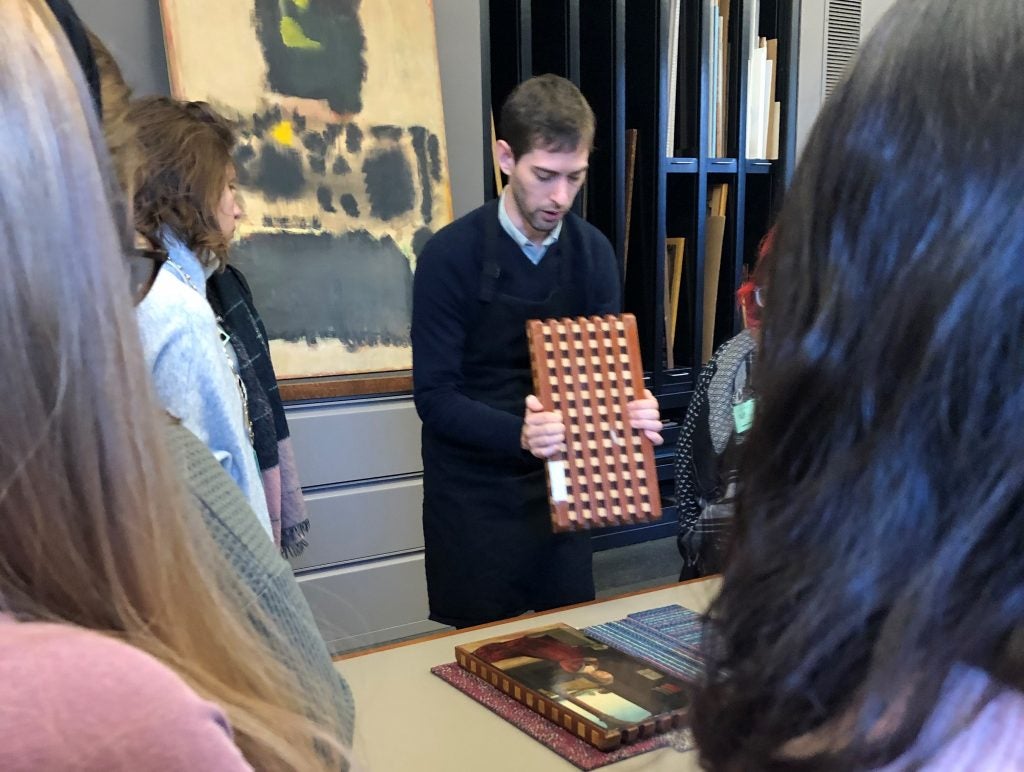
AMUS 500-01 — Museum Studies Foundation This course introduces students to the state of museums as well as their core functions, history, and critical literature. We will examine recent debates about museums through the lens of gender studies, disability studies, critical race theory, decolonization, and environmental sustainability, with particular attention to social media movements currently calling for change. Assignments will focus both on mastering key concepts in museum studies and on considering how we can change museums to better fit society. Our focus will be on art museums, but selected topics in historic and ethnographic museums will also be considered.
This course is taught by Professor Lisa Strong.
AMUS 510-01 — Collections Management

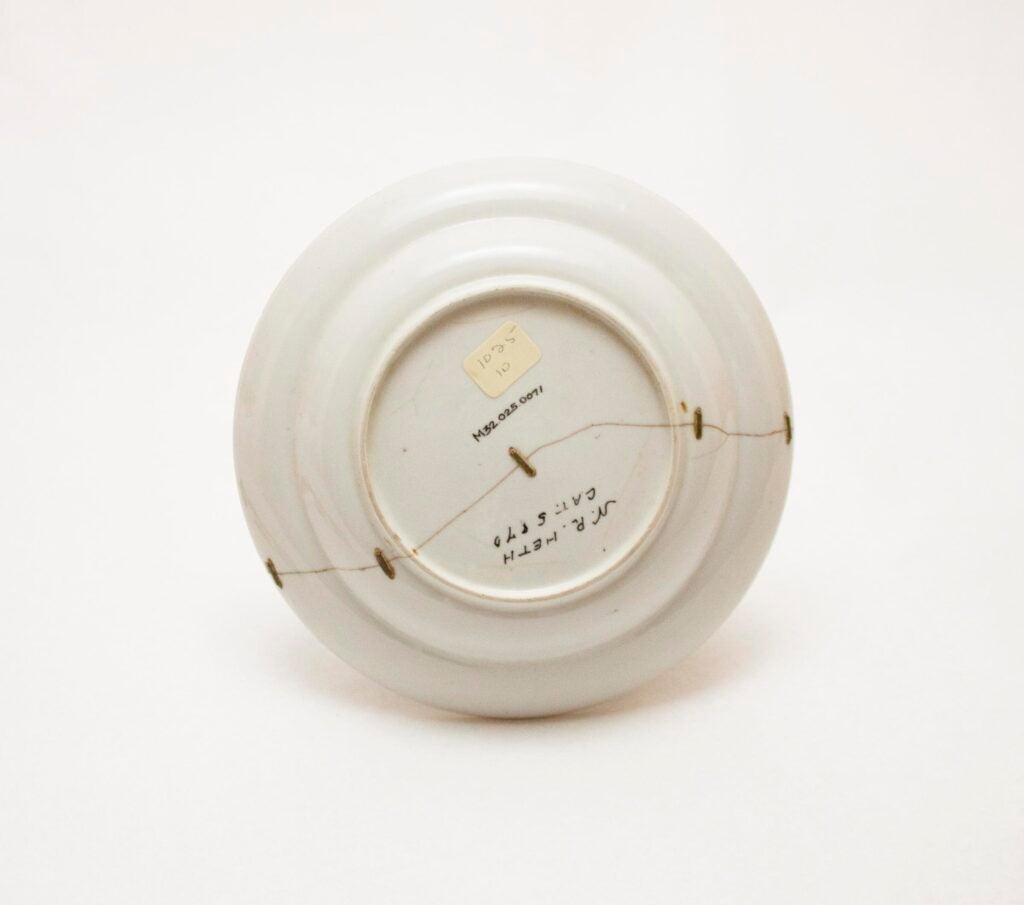
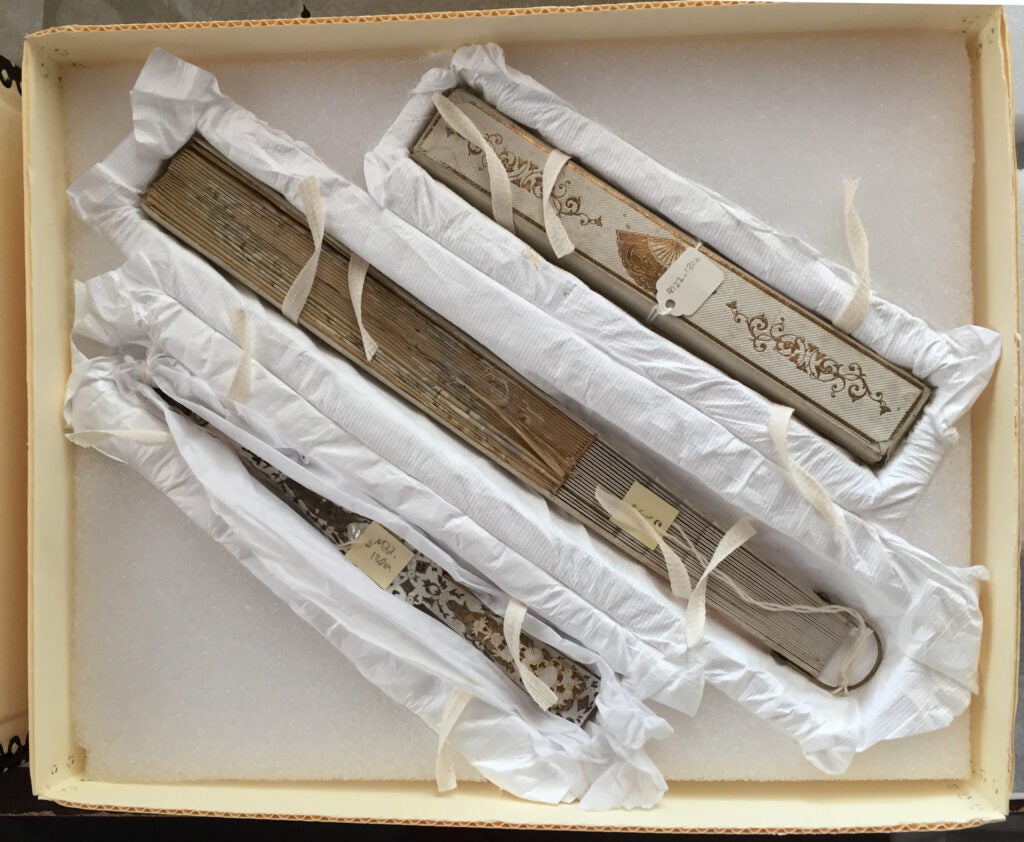
AMUS 510-01 — Collections Management focuses on general museum concepts and procedures as they relate to collections (objects and their documentation) and their management (e.g., preparation, preventive maintenance & conservation, housing, problem-solving) as a whole. The course objectives are to introduce the participants to basic care and preservation of collections as well as a basic understanding of the history and current status of the governance of cultural materials. By the end of the course, participants should understand the definition and role of collections within a museum context; understand the philosophy of cultural preservation and the meaning of cultural patrimony; understand the importance of collection ethics, and the role of collections within museum accountability and accreditation programs; understand the importance of a collections management policy, its development, content, and application; and how such a policy governs the daily activities within a museum’s collections.
This course is taught by Professor Jerry Foust.
AMUS 520-01 — Museum Education and Interpretation
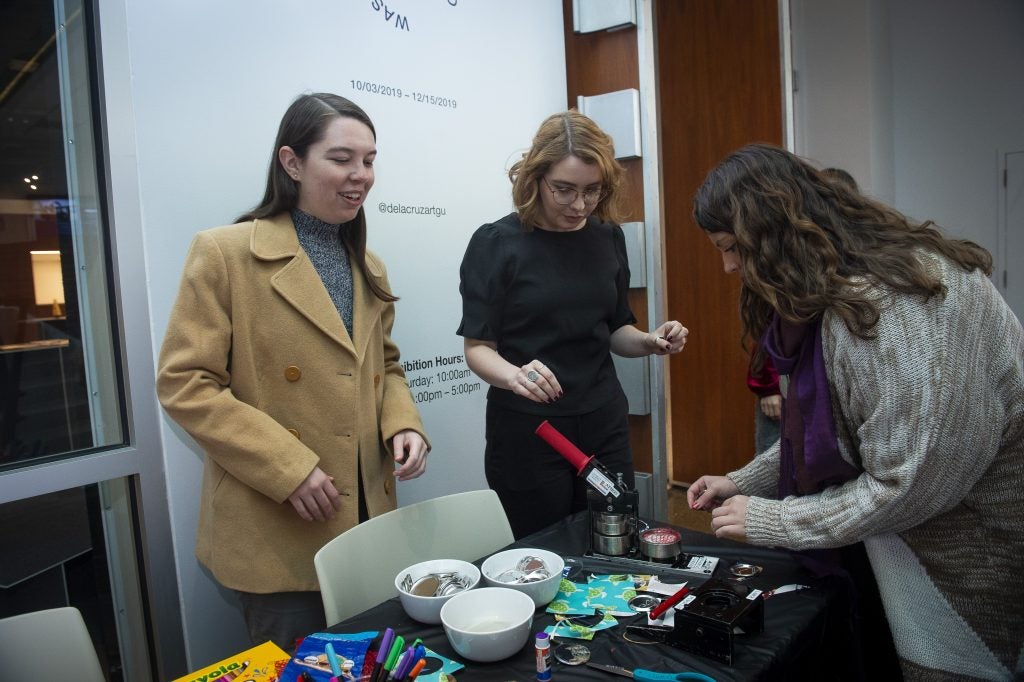
Students in Museum Education and Interpretation prepare for a program at the Maria & Alberto de la Cruz Gallery, 2019.
Copyright ©2019 Lisa Helfert for Georgetown University.
AMUS 520-01 — Museum Education and Interpretation Students will be active participants in learning about museum education theories and practice. This course situates the functions of museum education and interpretation within the broader context of a changing paradigm in museums. During site visits to area art museums, educators will discuss aspects of interpretation, programming, and research that are unique to their museum. Class discussion will include such topics as how visitors learn in an art museum, new approaches to interpretation, education programming for varied audiences, building audiences and community, and the relationship of mission to education and interpretation.
This course is taught by Professor Anna Hindley.
AMUS 530-01 — Fall Internship

AMUS 530-01 — Fall Internship Museum internships provide concentrated practical experience within selected museum departments as well as an overview of the operations of a museum. Some of our internships include a staff-directed seminar; most involve a linked research project as well as an internship journal. Expectations and placement will be discussed during the orientation session. Schedule determined by student and museum supervisor; 15–20 hours/wk. Art and Museum Studies students only.
This course is taught by Professor Lisa Strong.
AMUS 535-01 — Curatorial Studies
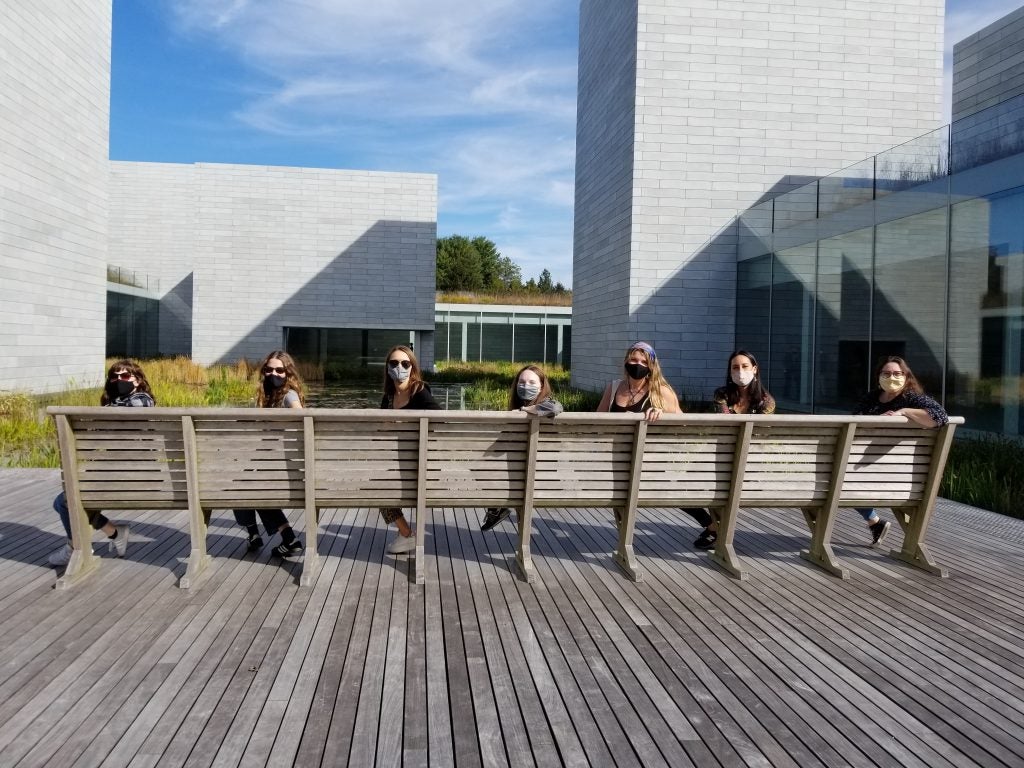

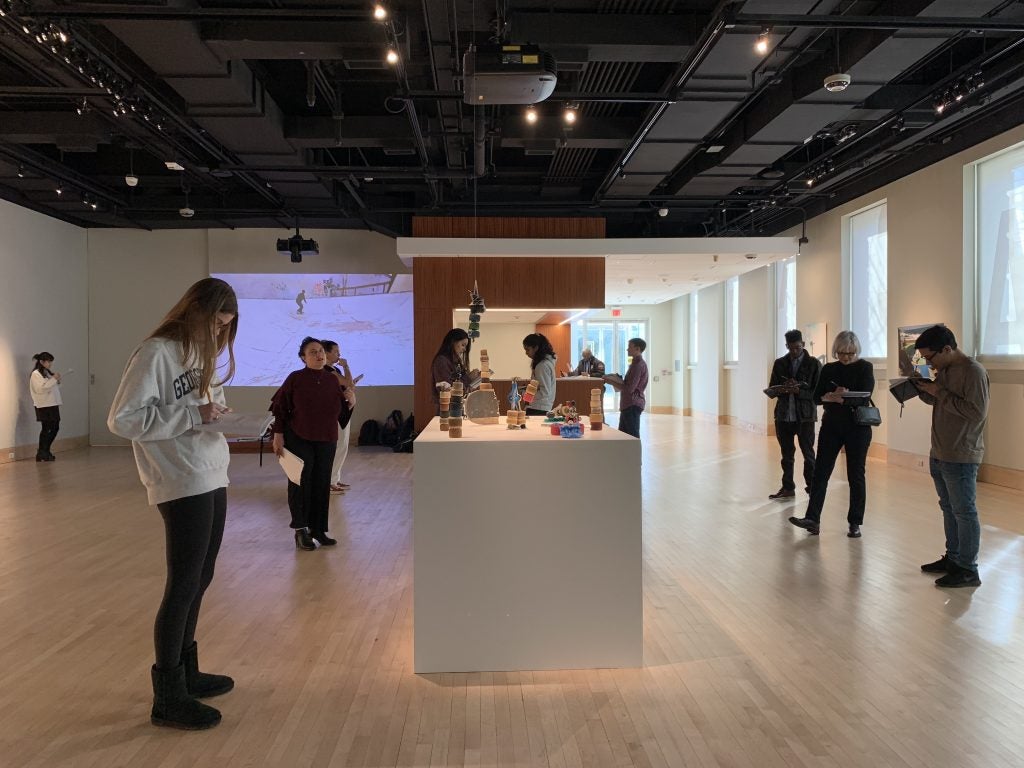
AMUS 535-01 — Curatorial Studies The term “curate” has become ubiquitous in popular culture. Professional curators are doing the real work and exist at the heart of the art world; however, their role and daily responsibilities remain mysterious to many. This introductory course will encourage students to know the history of the curatorial field, think critically about the discipline as it exists and is evolving today, and acquire practical skills and knowledge for jobs in the curatorial sector with a focus on the institutional environment. During the semester, we will examine collections and exhibitions from the curatorial perspective. Lectures, assignments, readings, in-class exercises and site visits/guest lectures with local curators will explore both aspects. Students will also be expected to visit museums on their own as some class assignments will stem directly from this visual experience. The course will culminate in the production of each student’s own exhibition proposal for a Washington, DC museum.
This course is taught by Professor Al Miner.
AMUS 545-01 — Museums and Digital Media

AMUS 545-01 — Museums and Digital Media Within the span of just a few decades, digital technologies have made a profound impact on museums: from how they operate to how the visitor experience is constructed. With an emphasis on interpretation and outreach, this course will explore the impact of technology on museum approaches to collections, exhibitions, and education. A variety of digital media platforms will be covered, including websites, social media, in-gallery interactives, and mobile experiences. We will immerse ourselves in key issues that guide and frustrate the successful implementation of technology in 21st-century institutions, such as openness, collaboration, sustainability, and a focus on the museum audience as users. With the help of case studies and guest speakers, we will explore what’s possible—and what’s challenging—when it comes to museums and technology.
This course is taught by Professor Darren Milligan.
